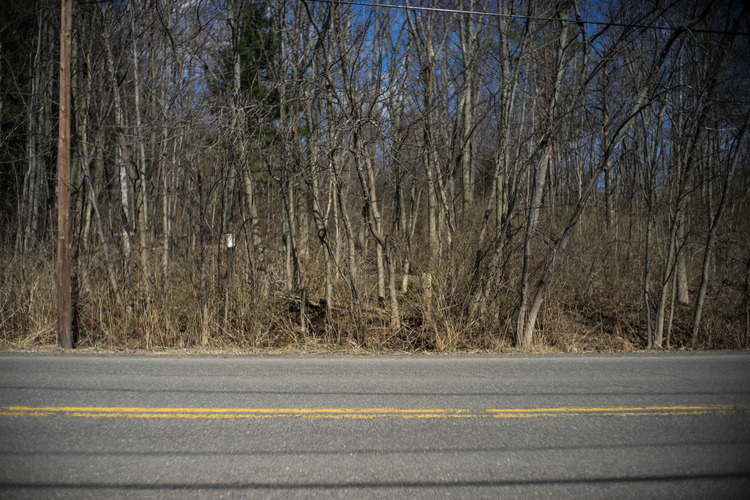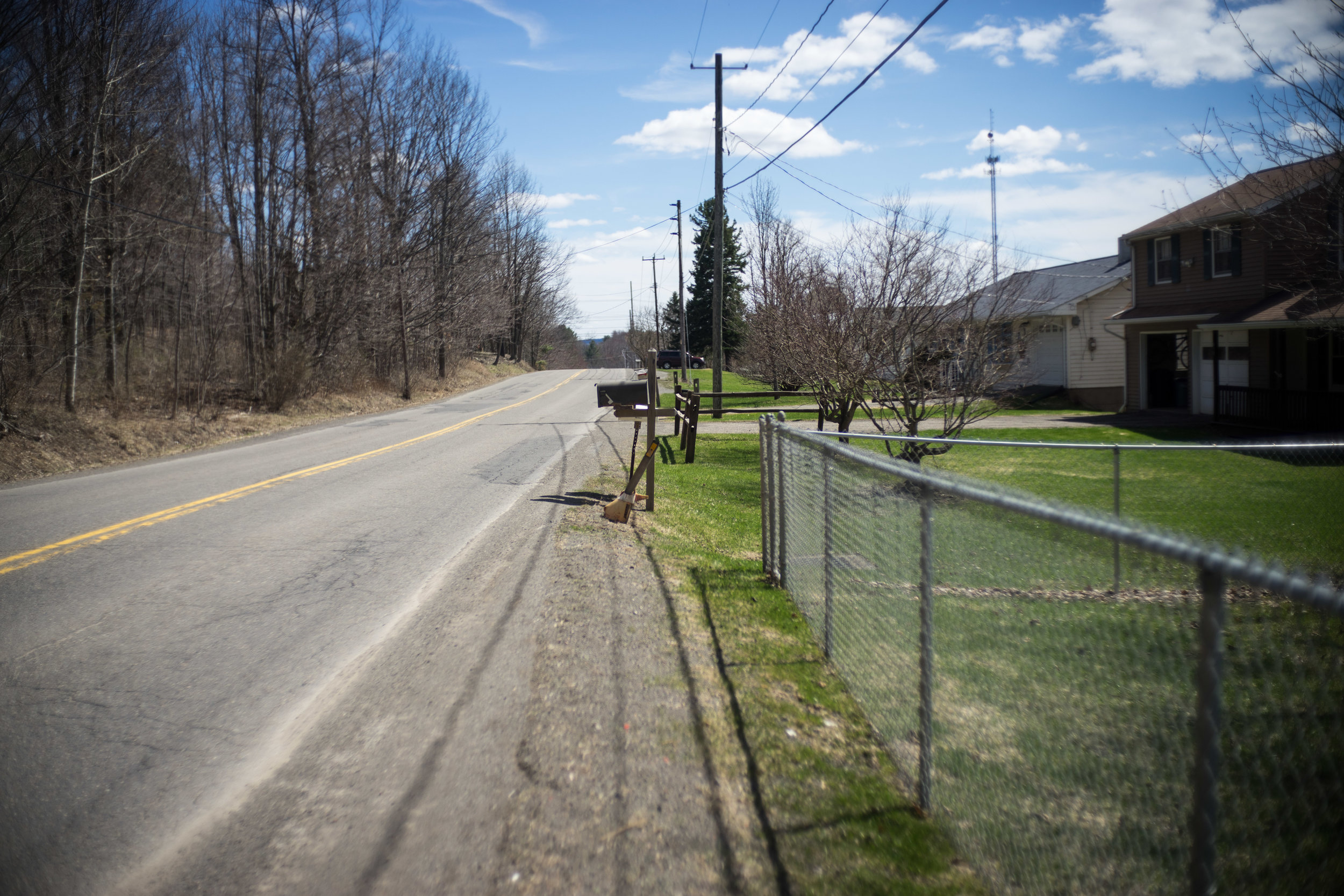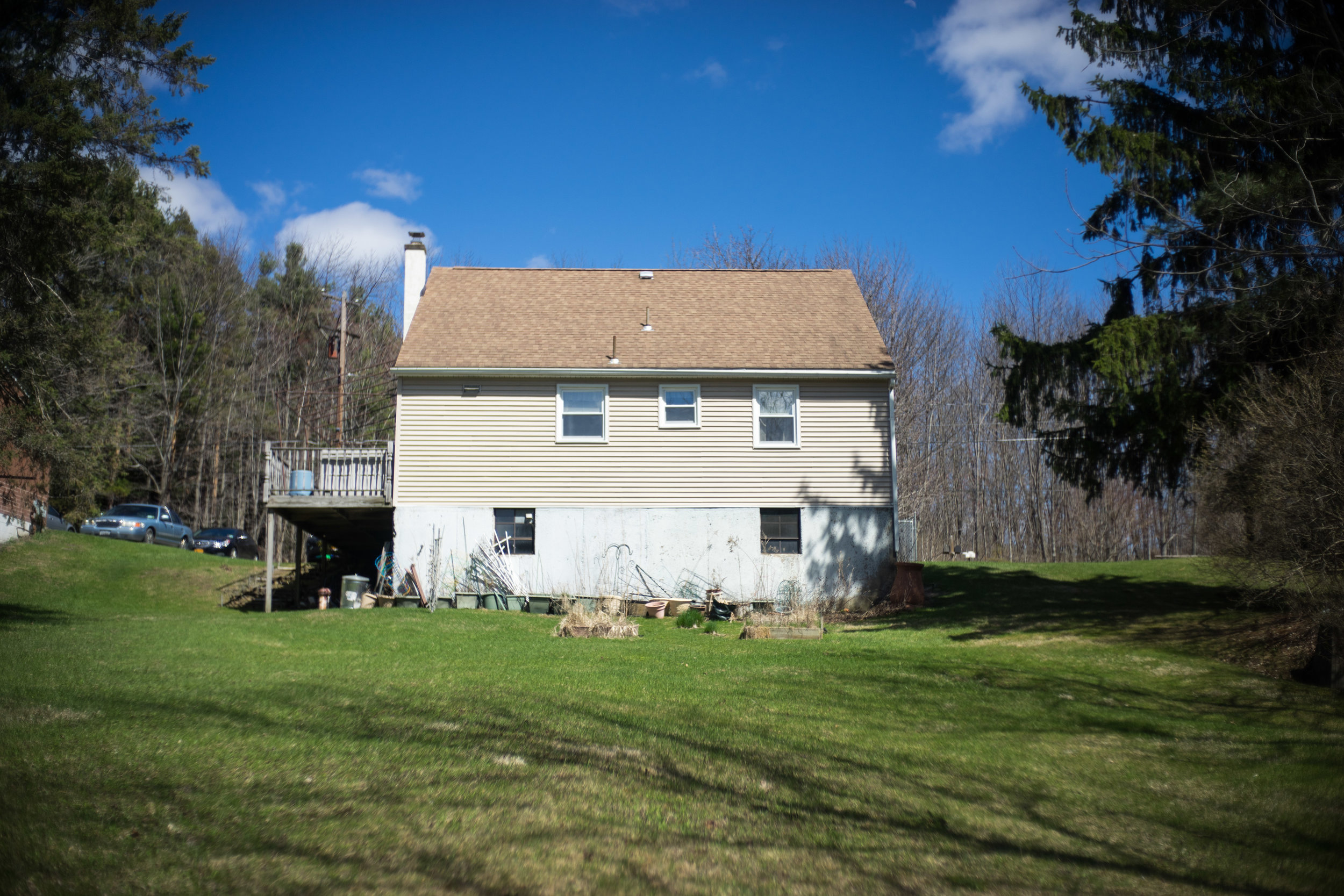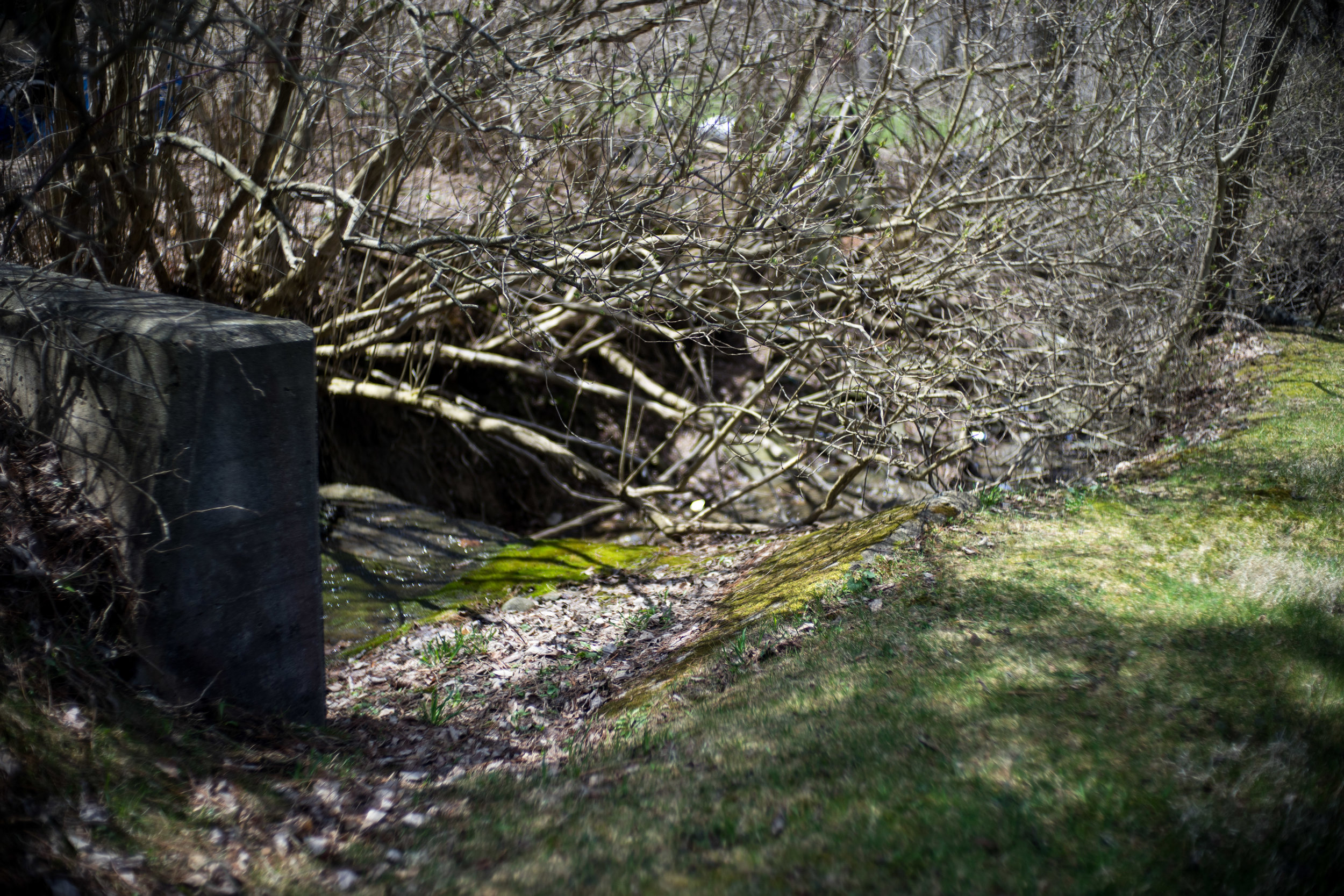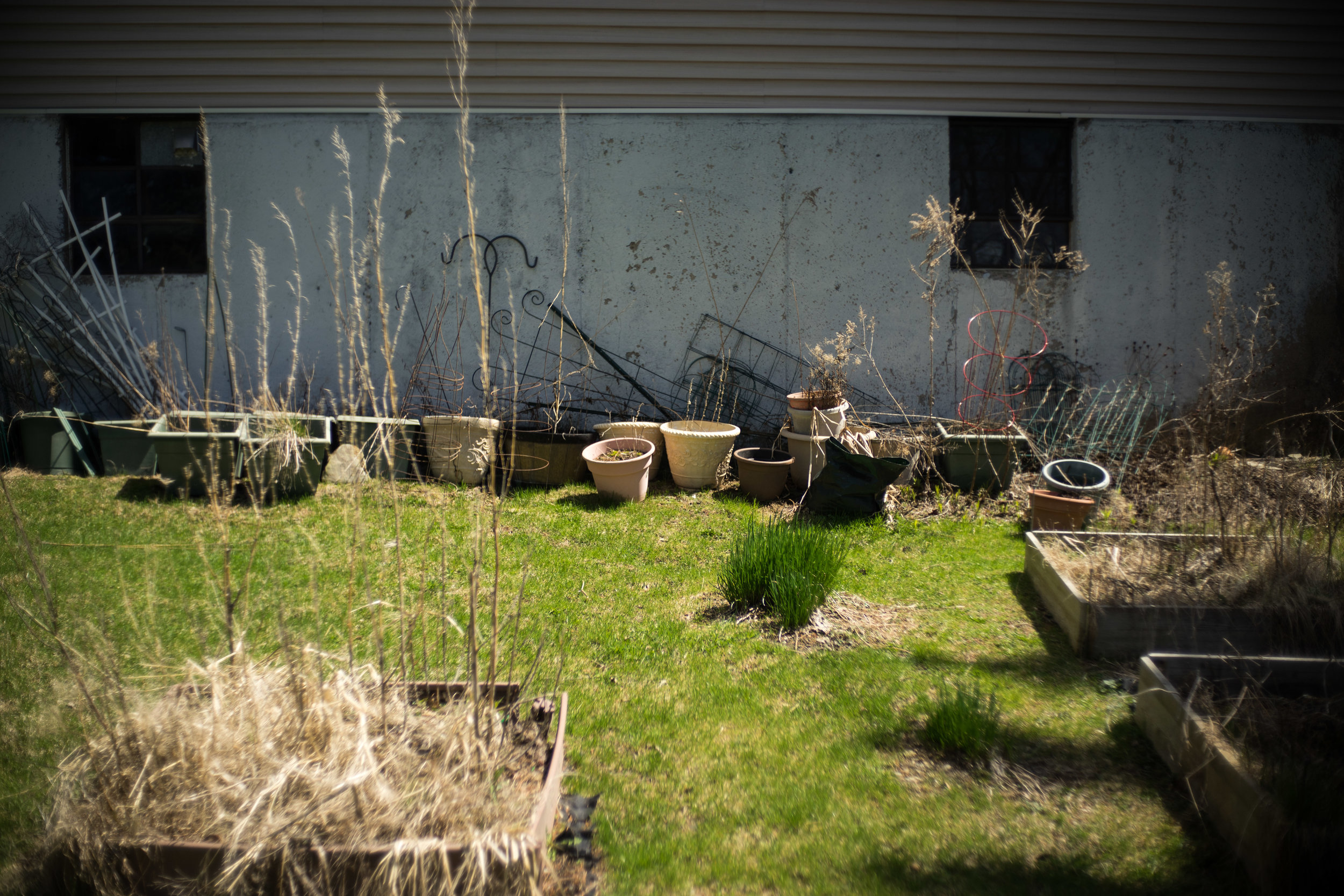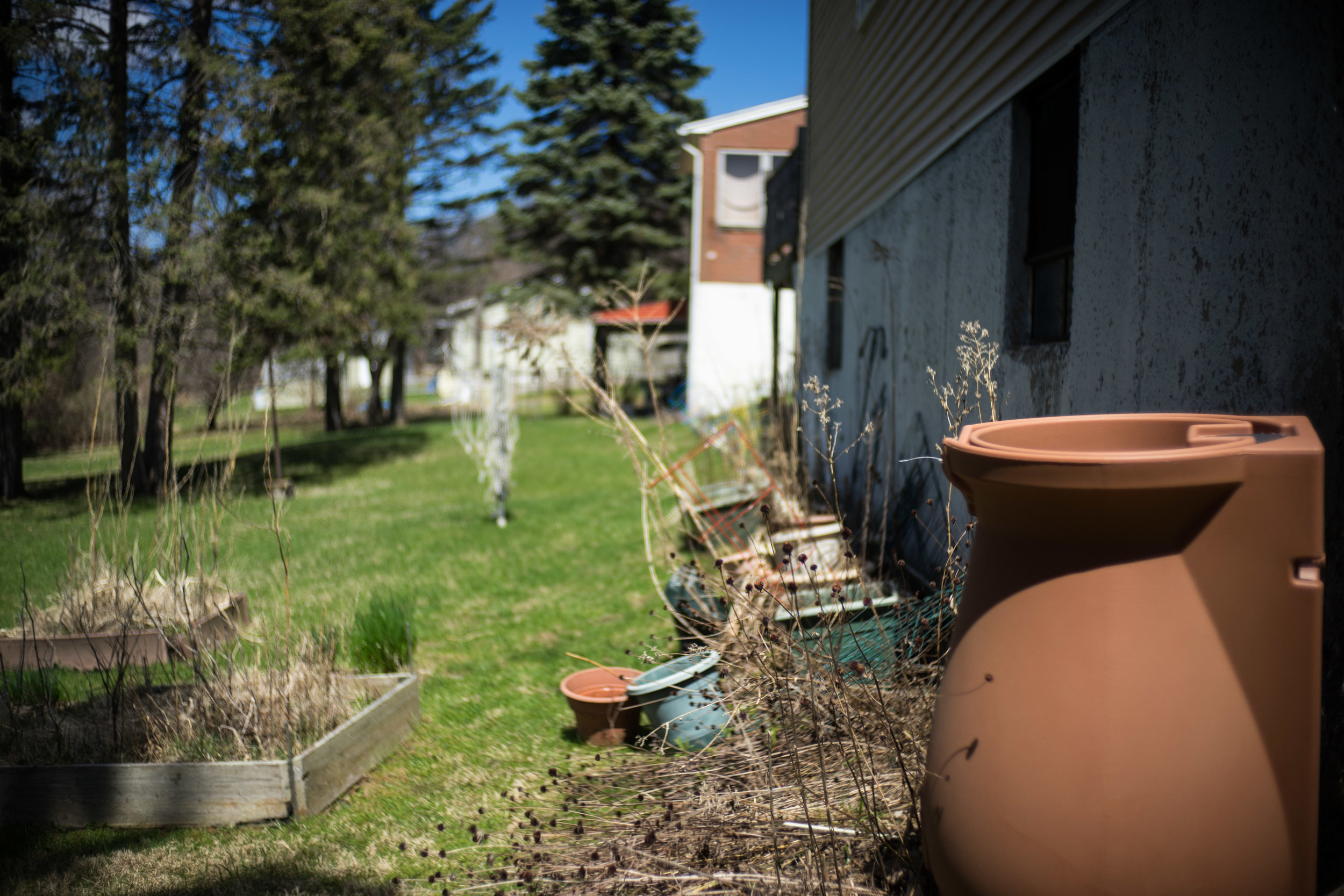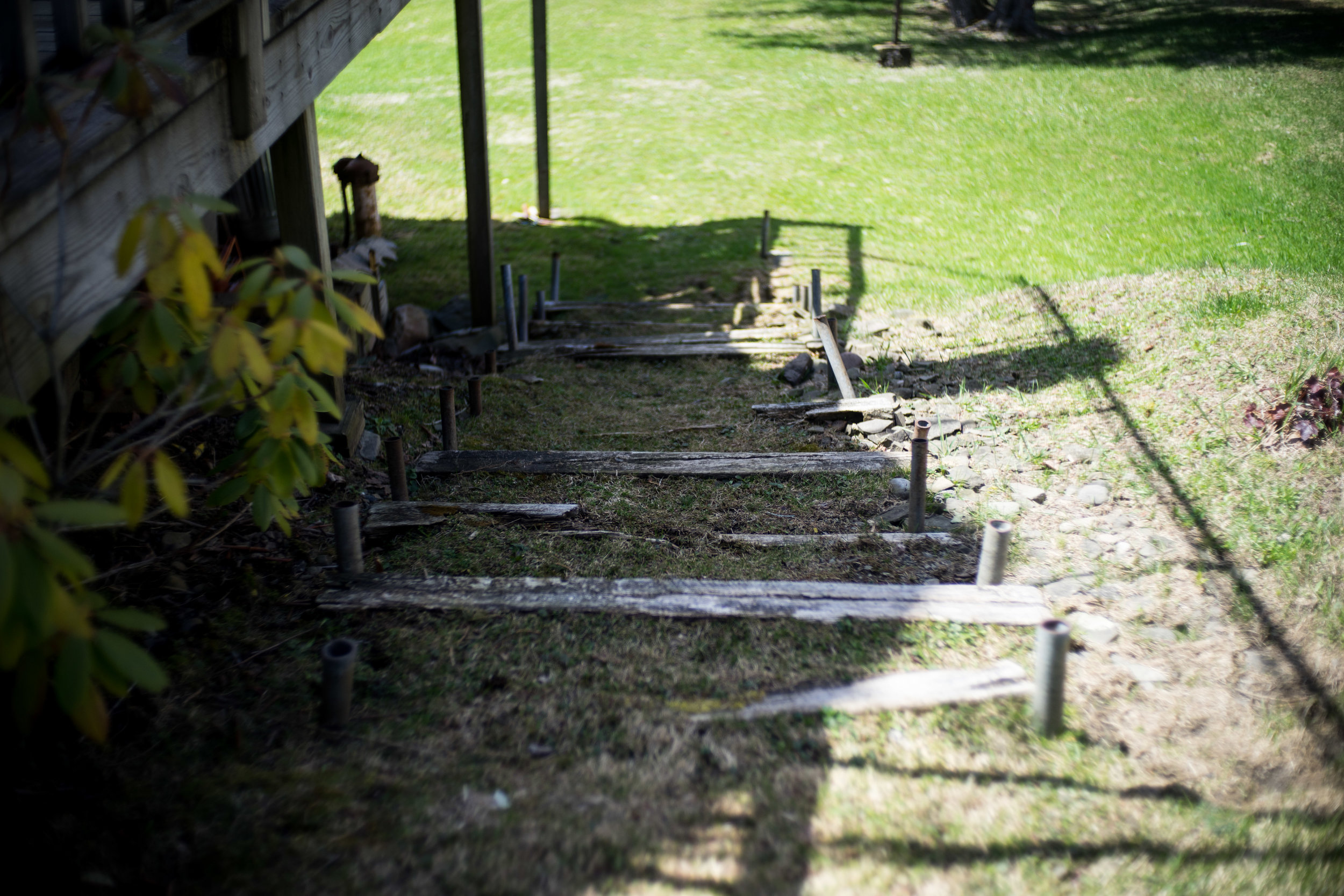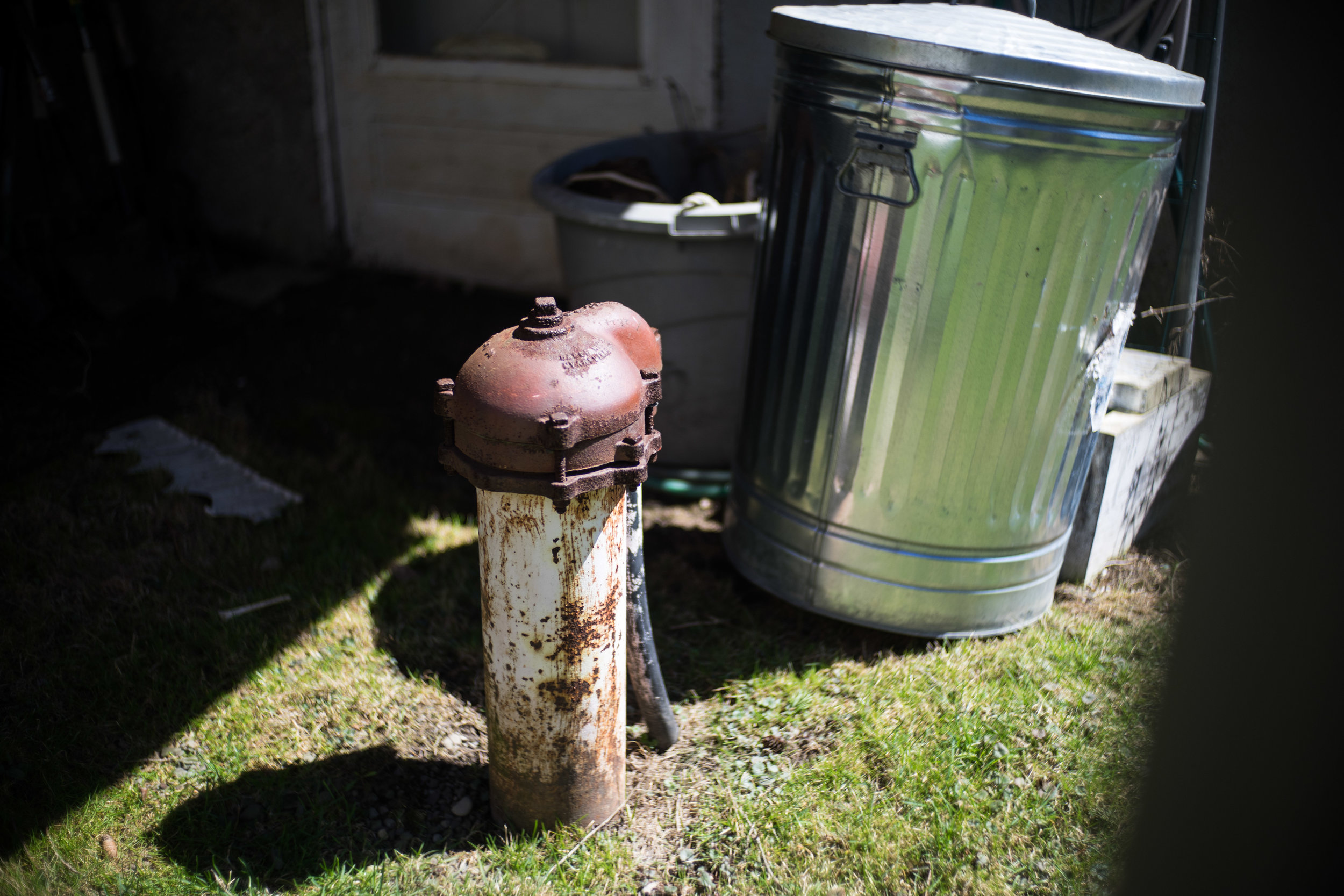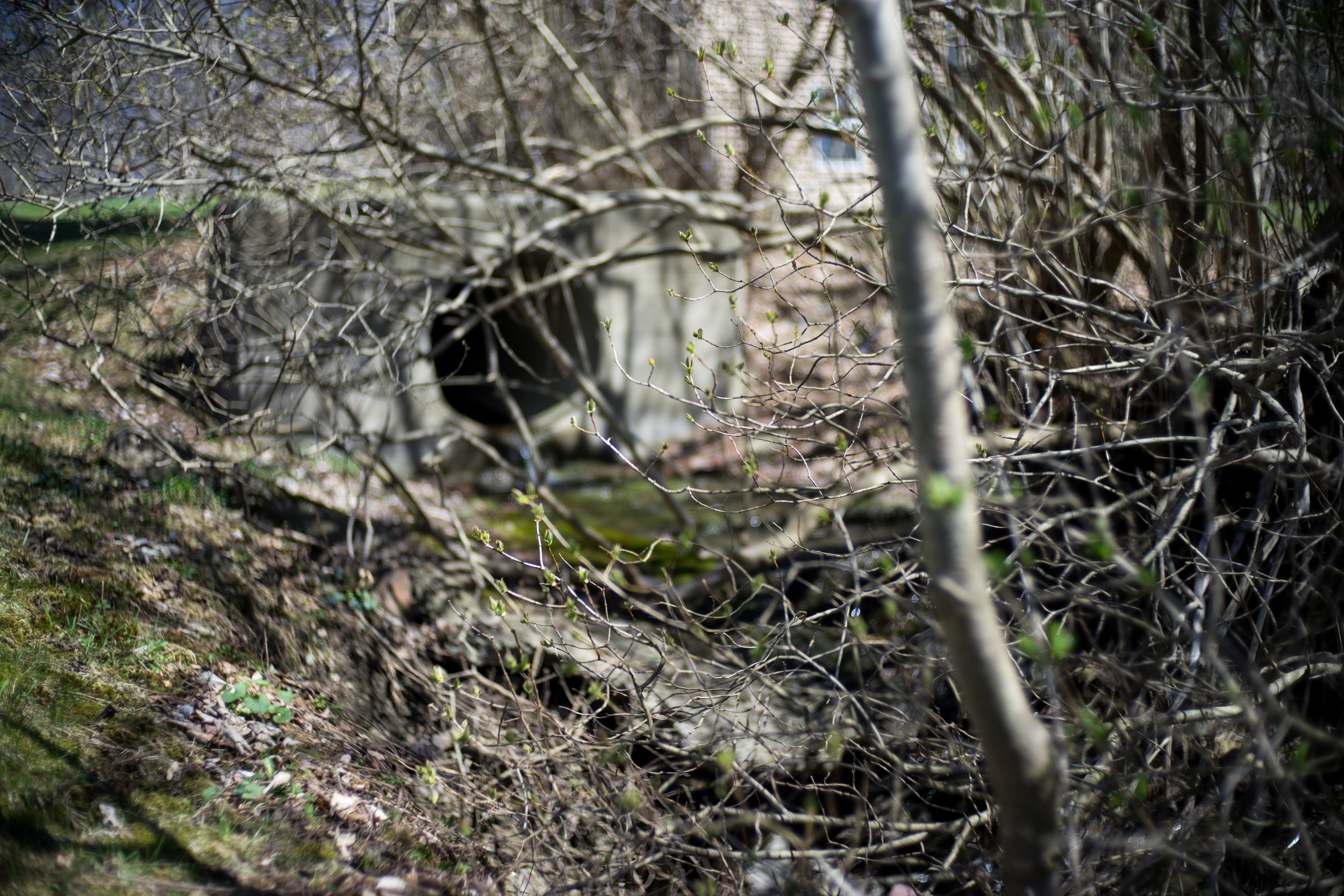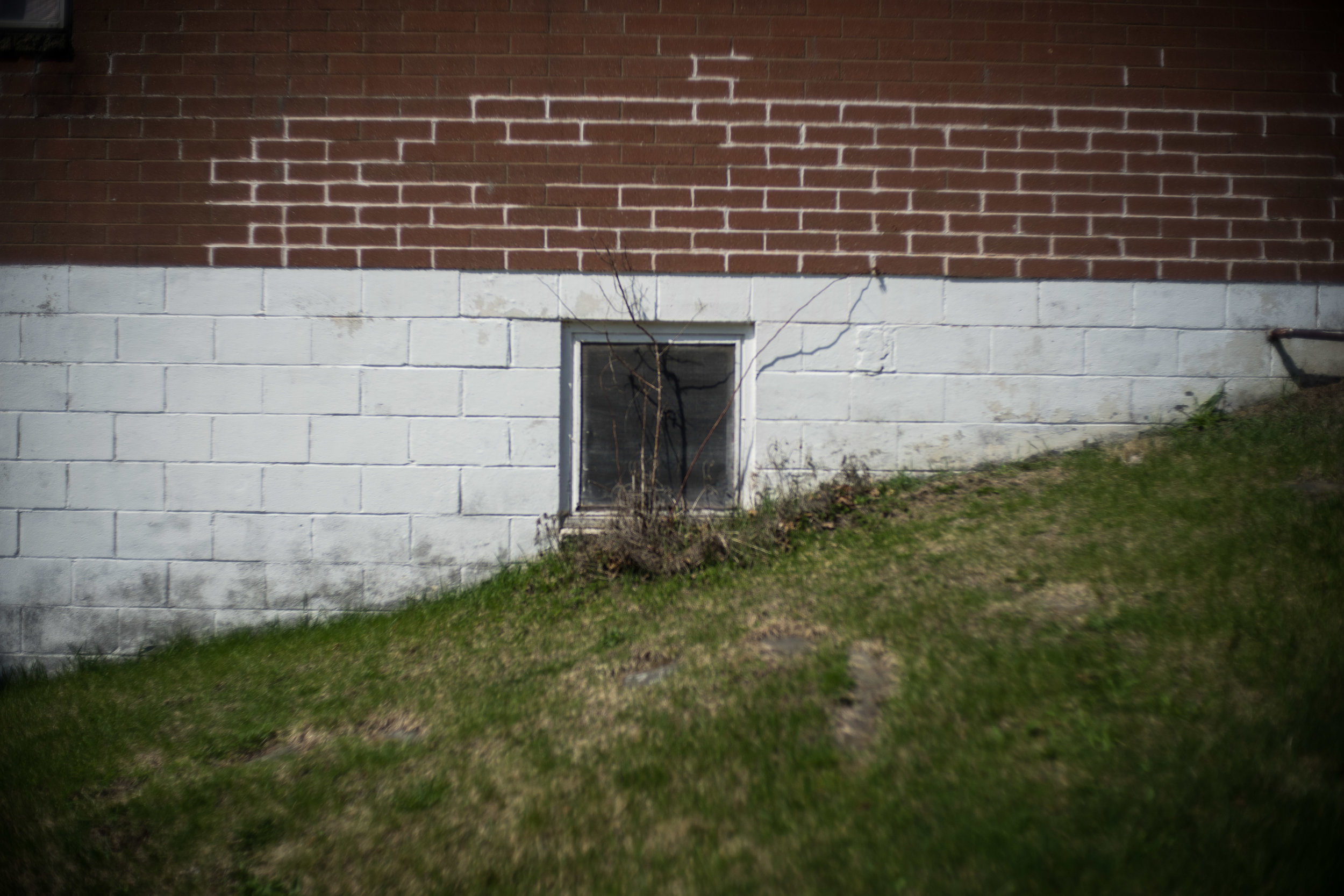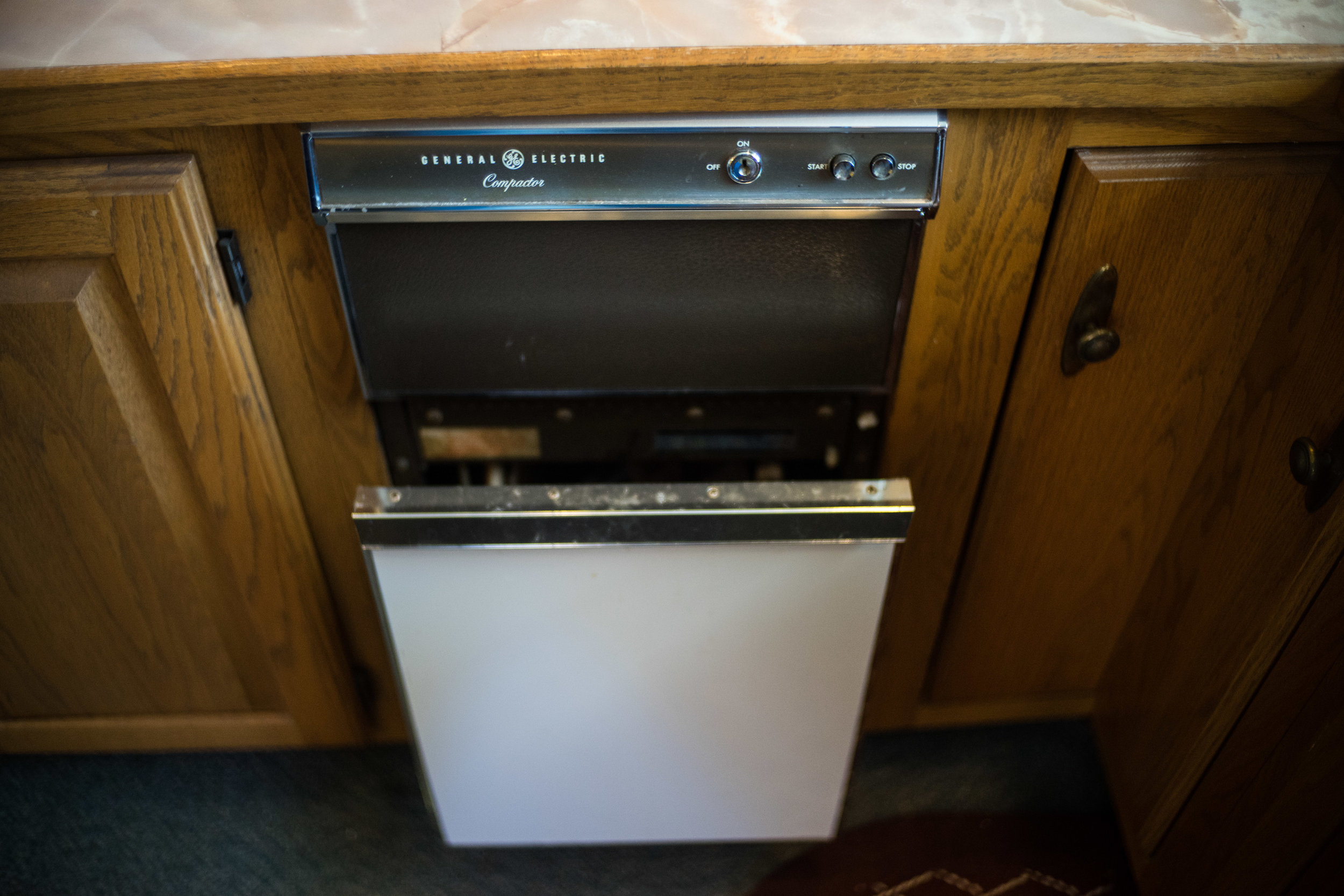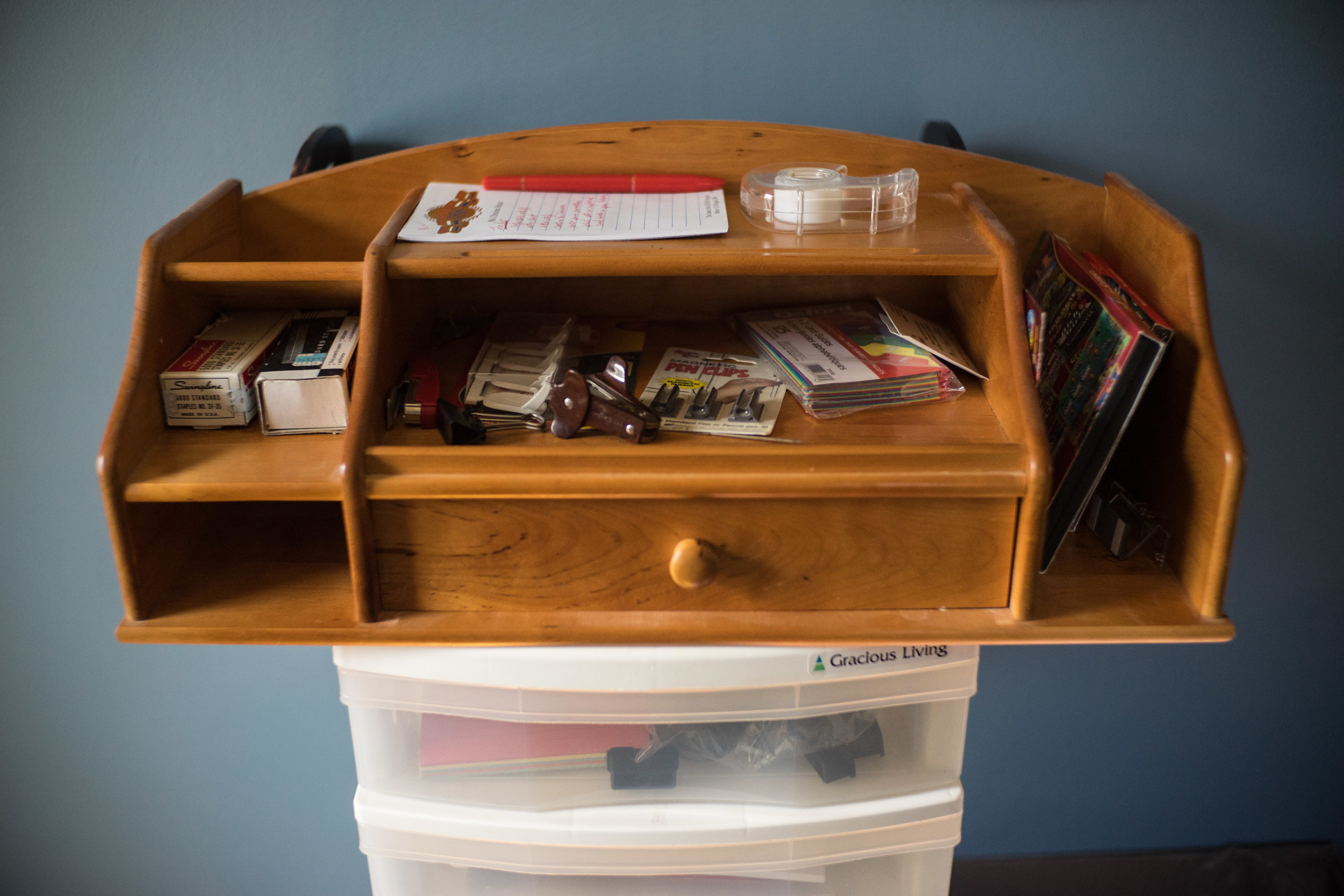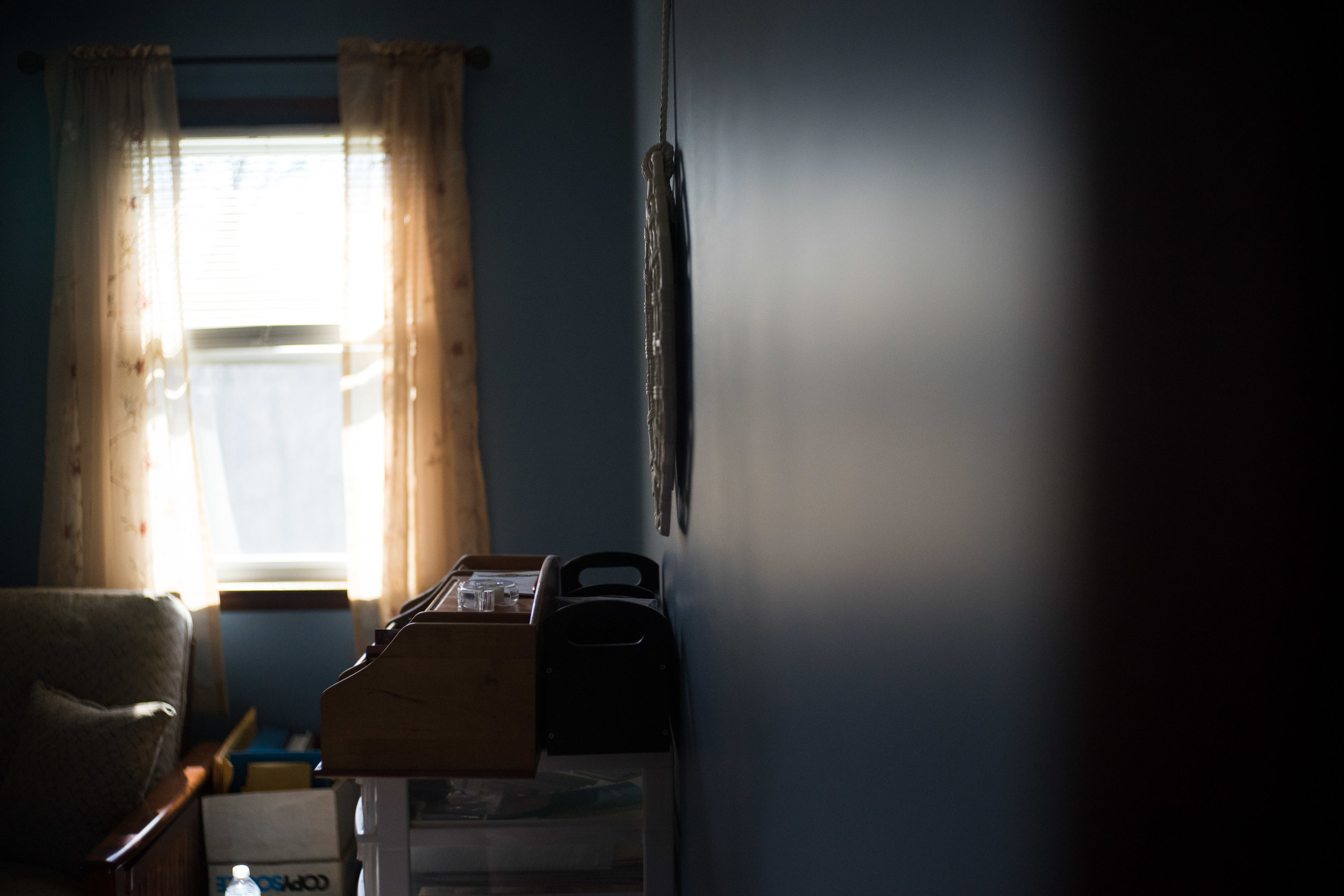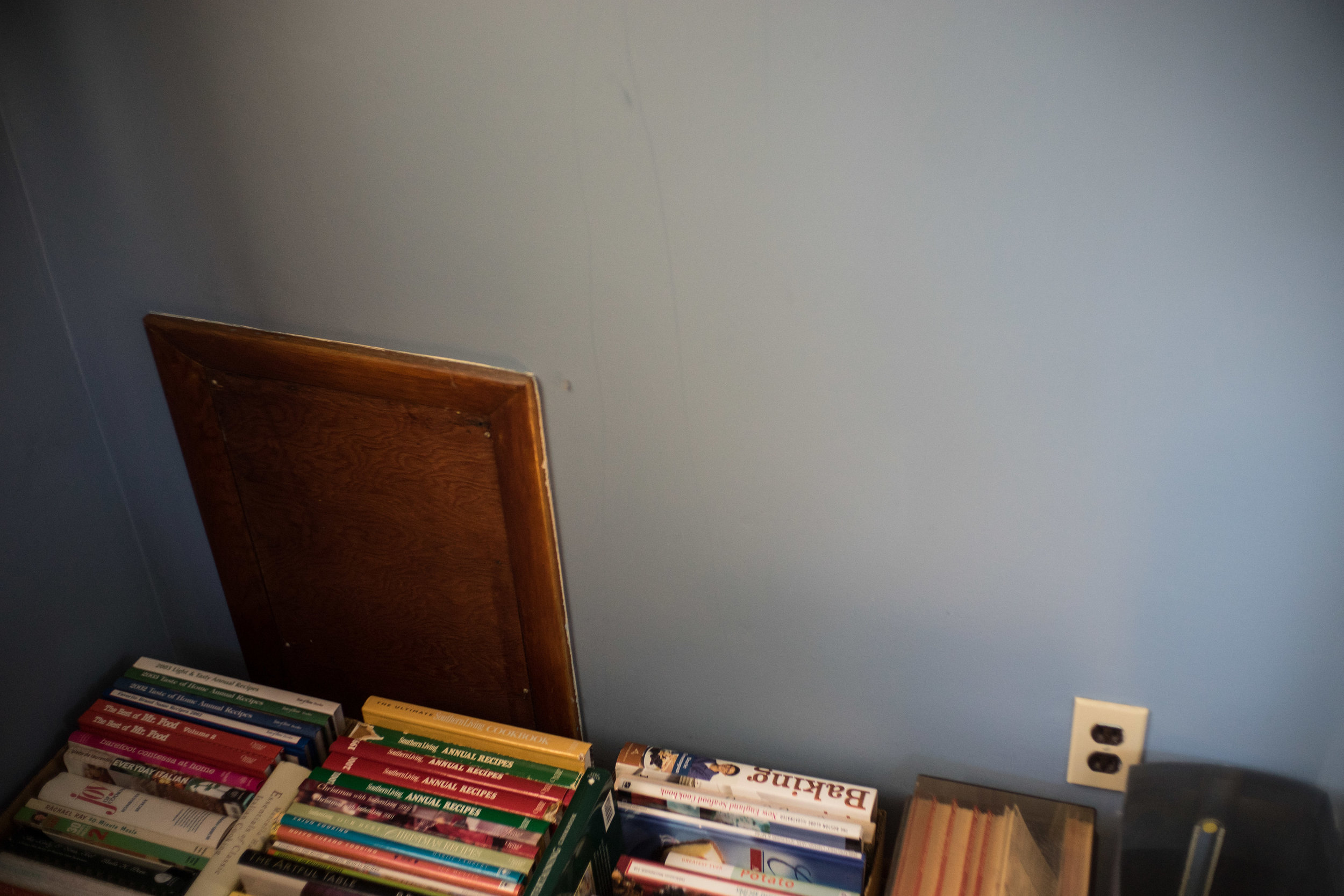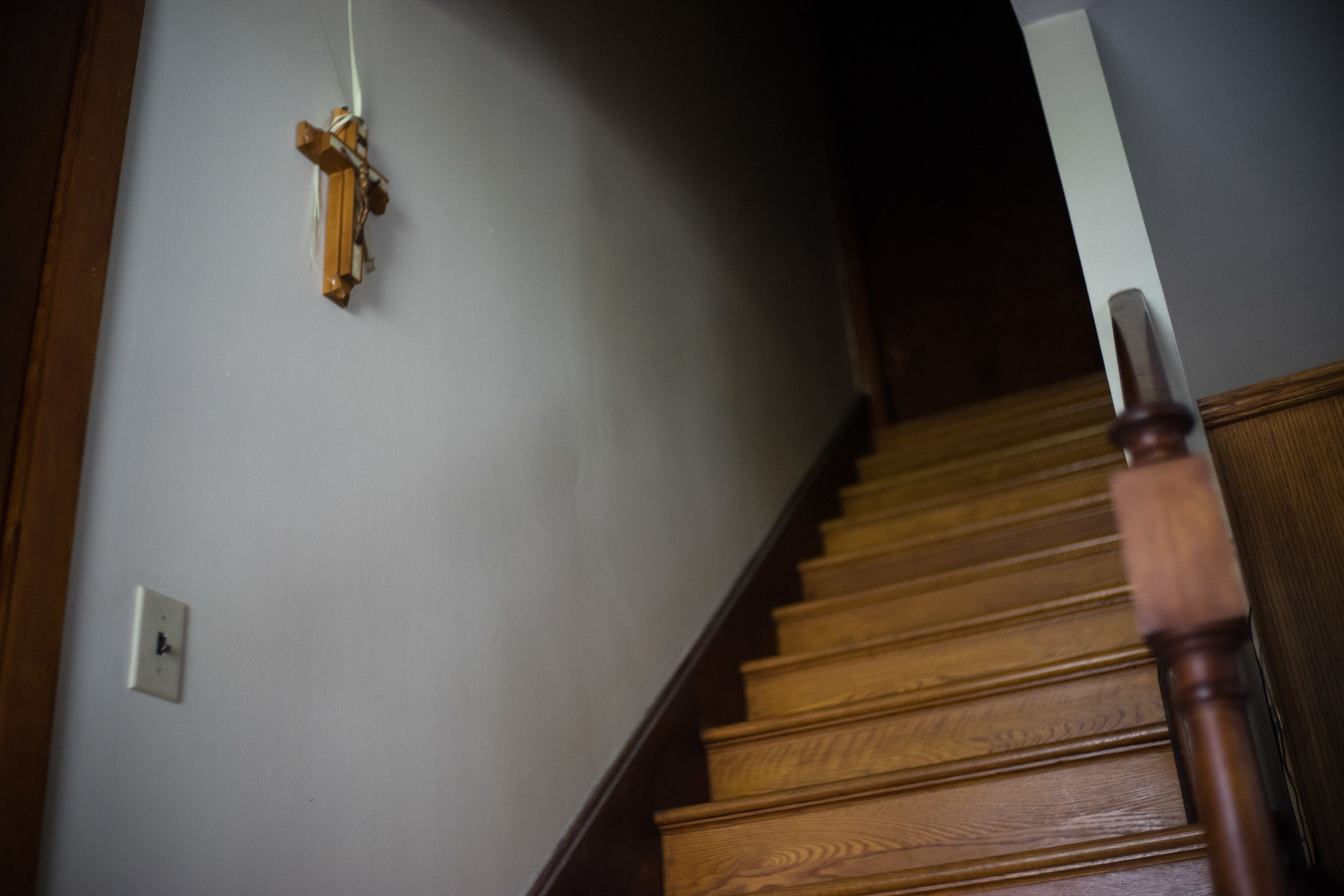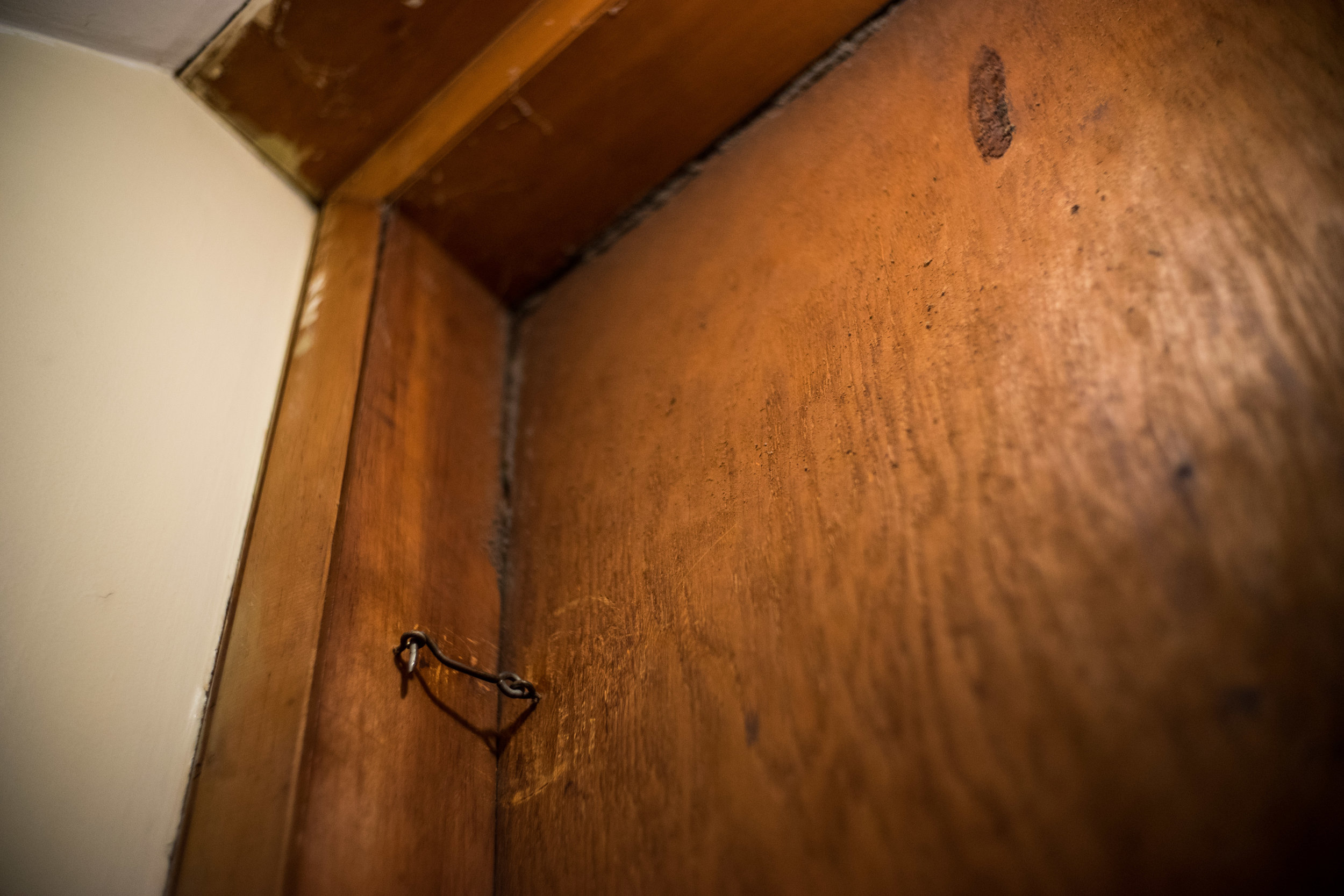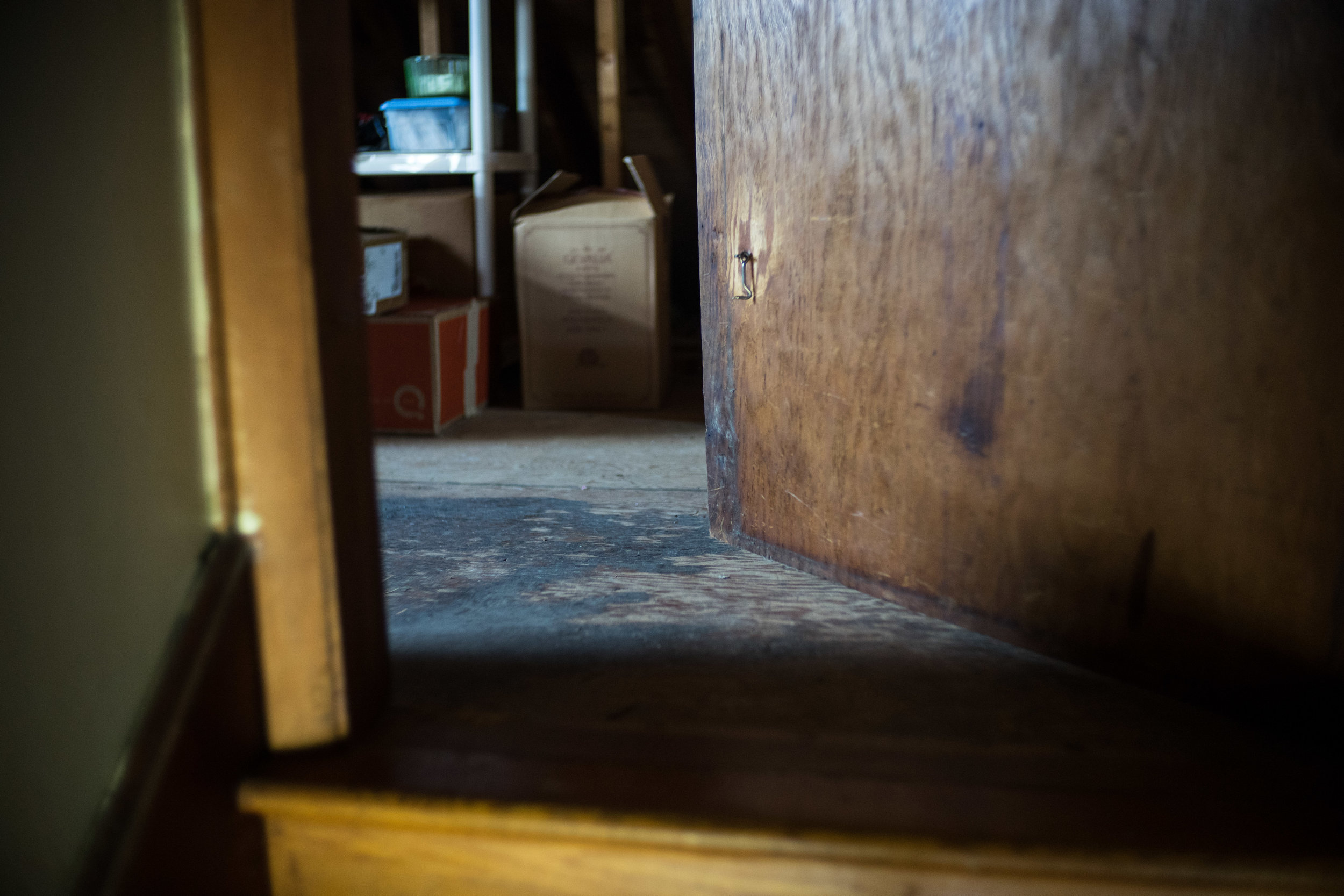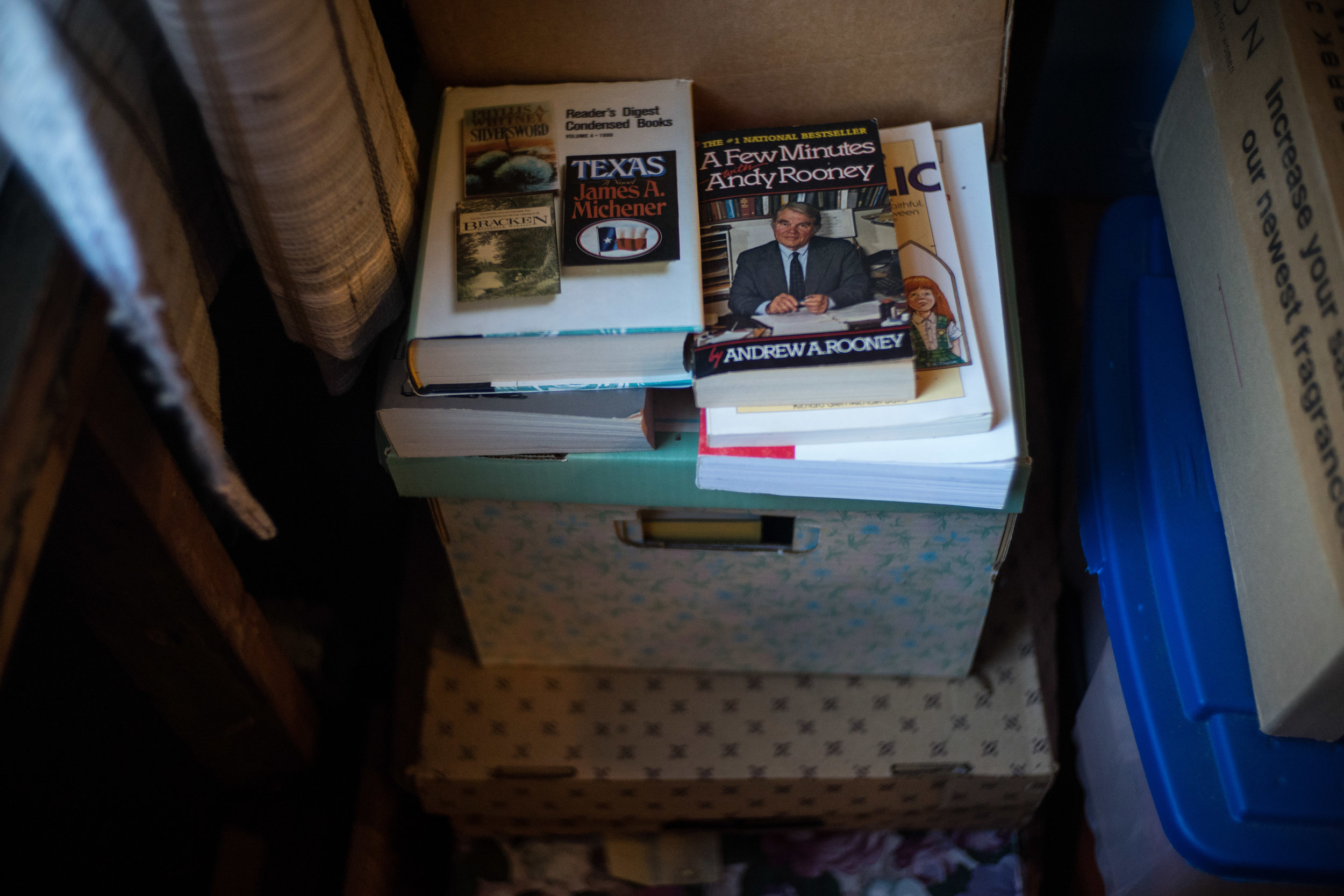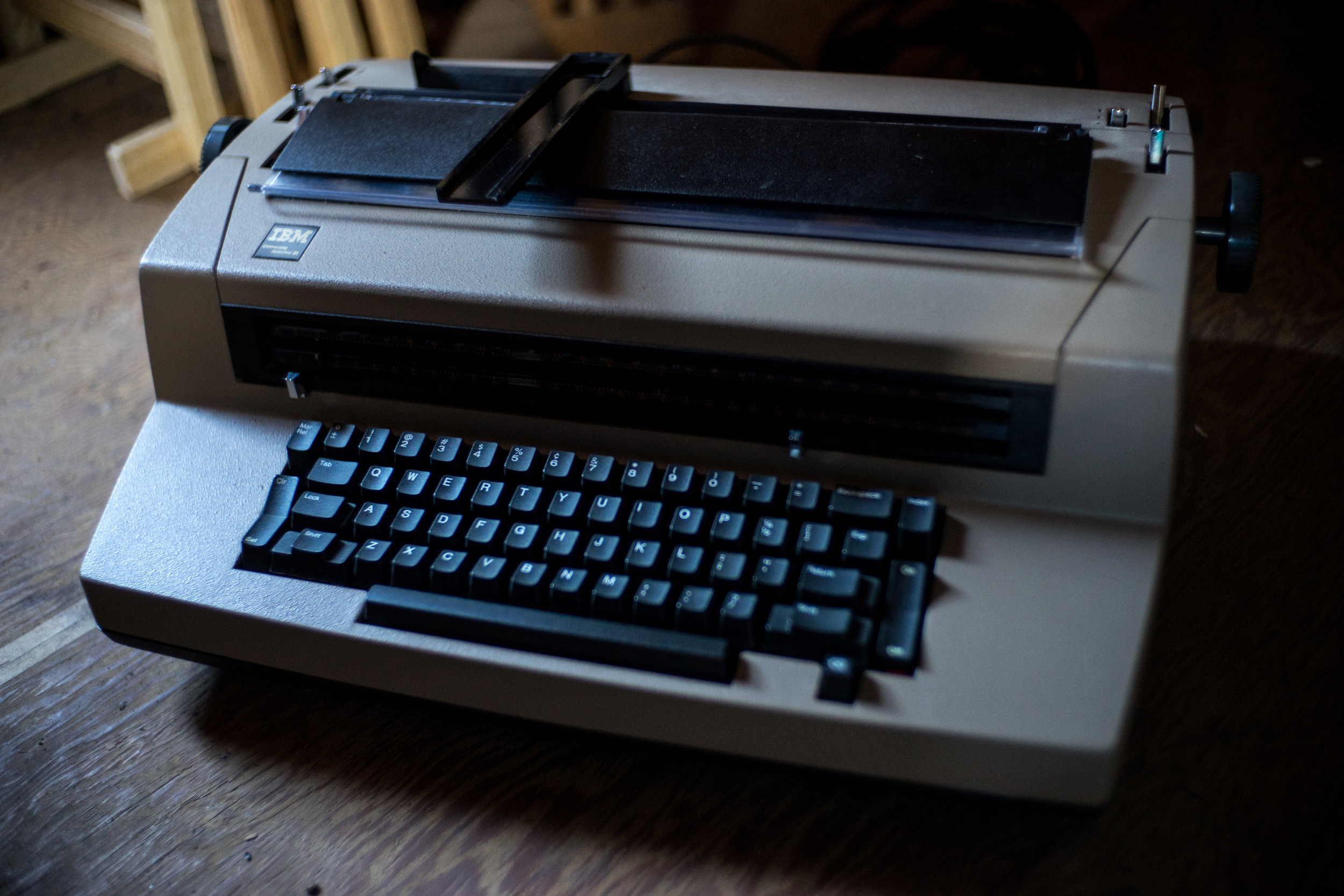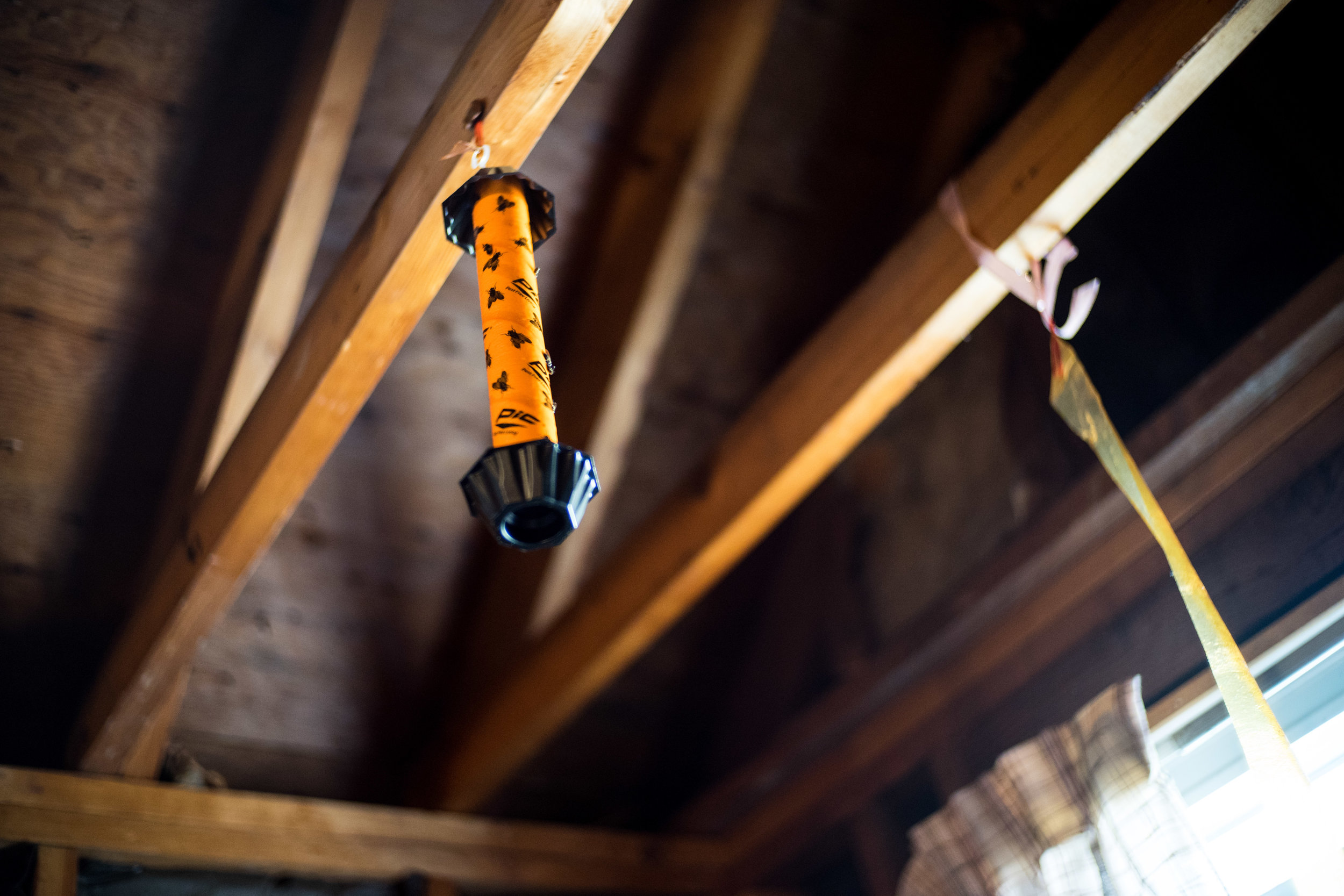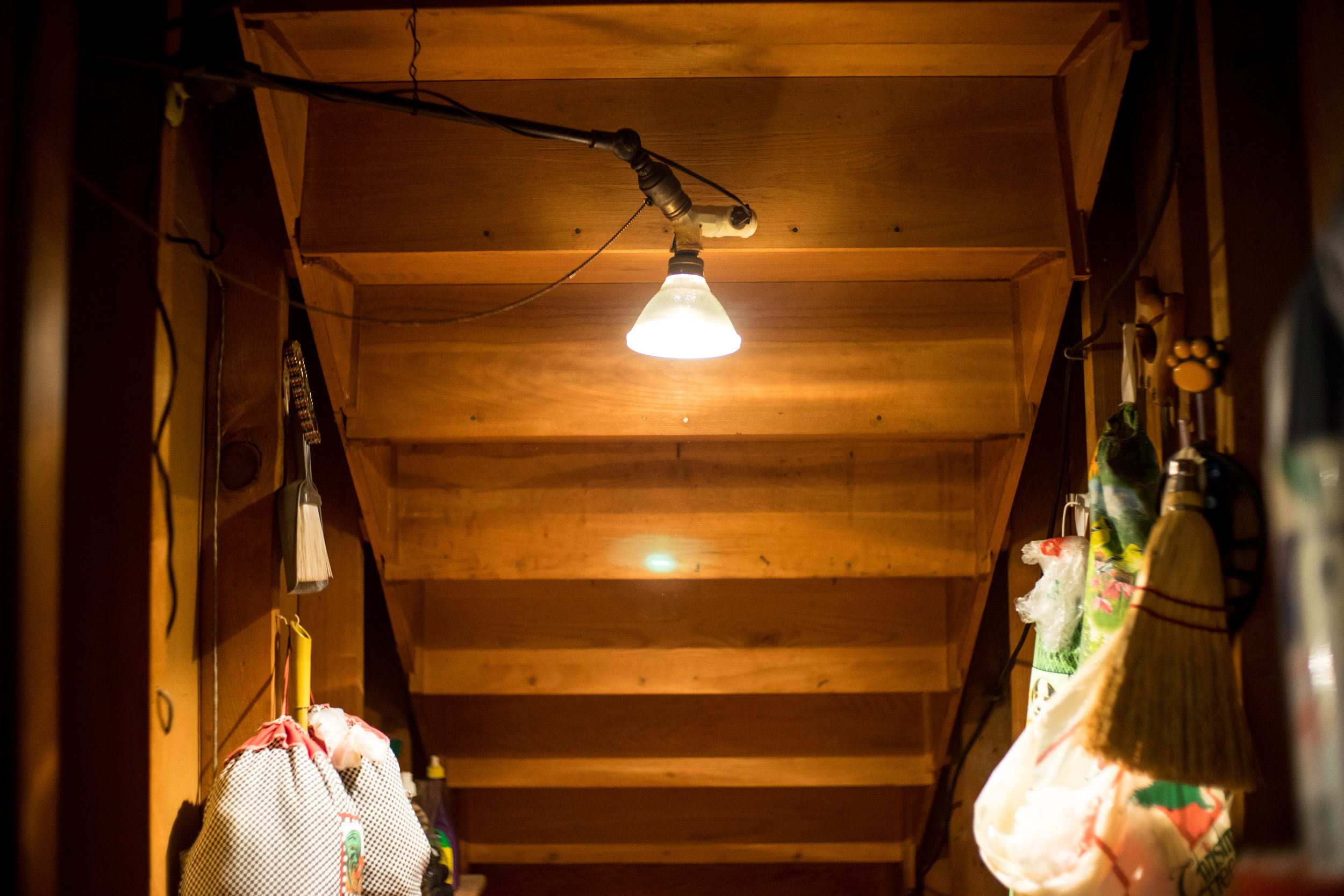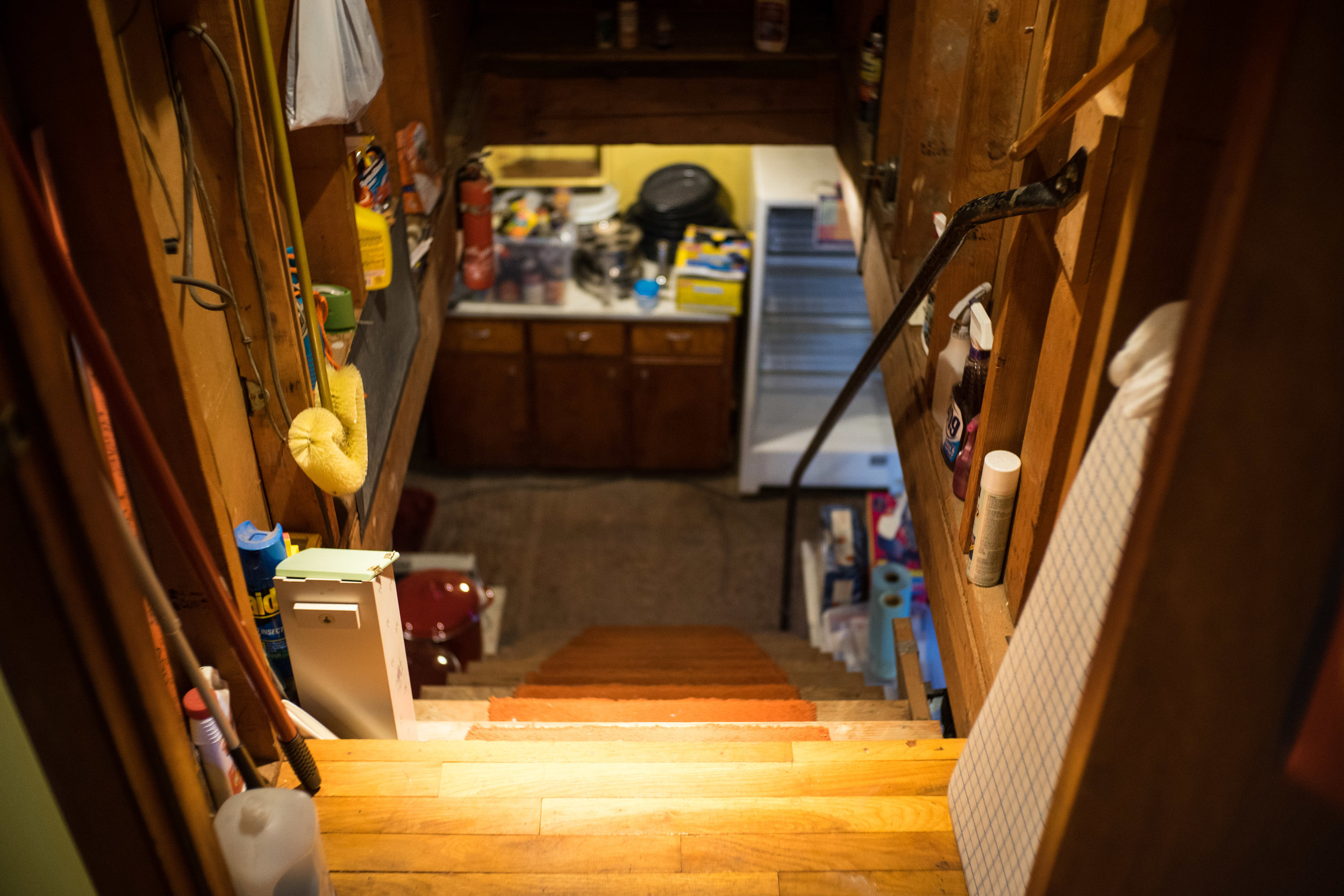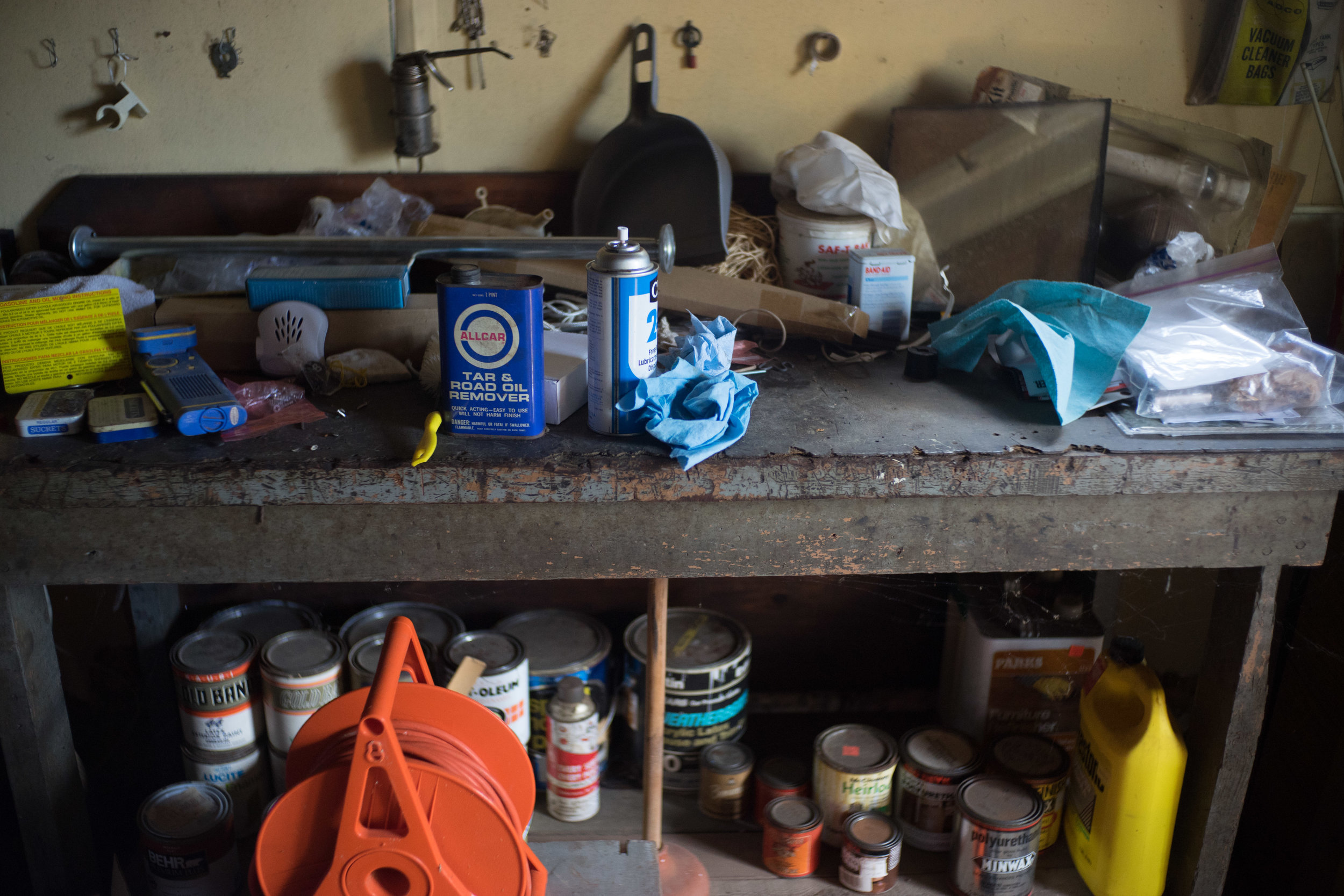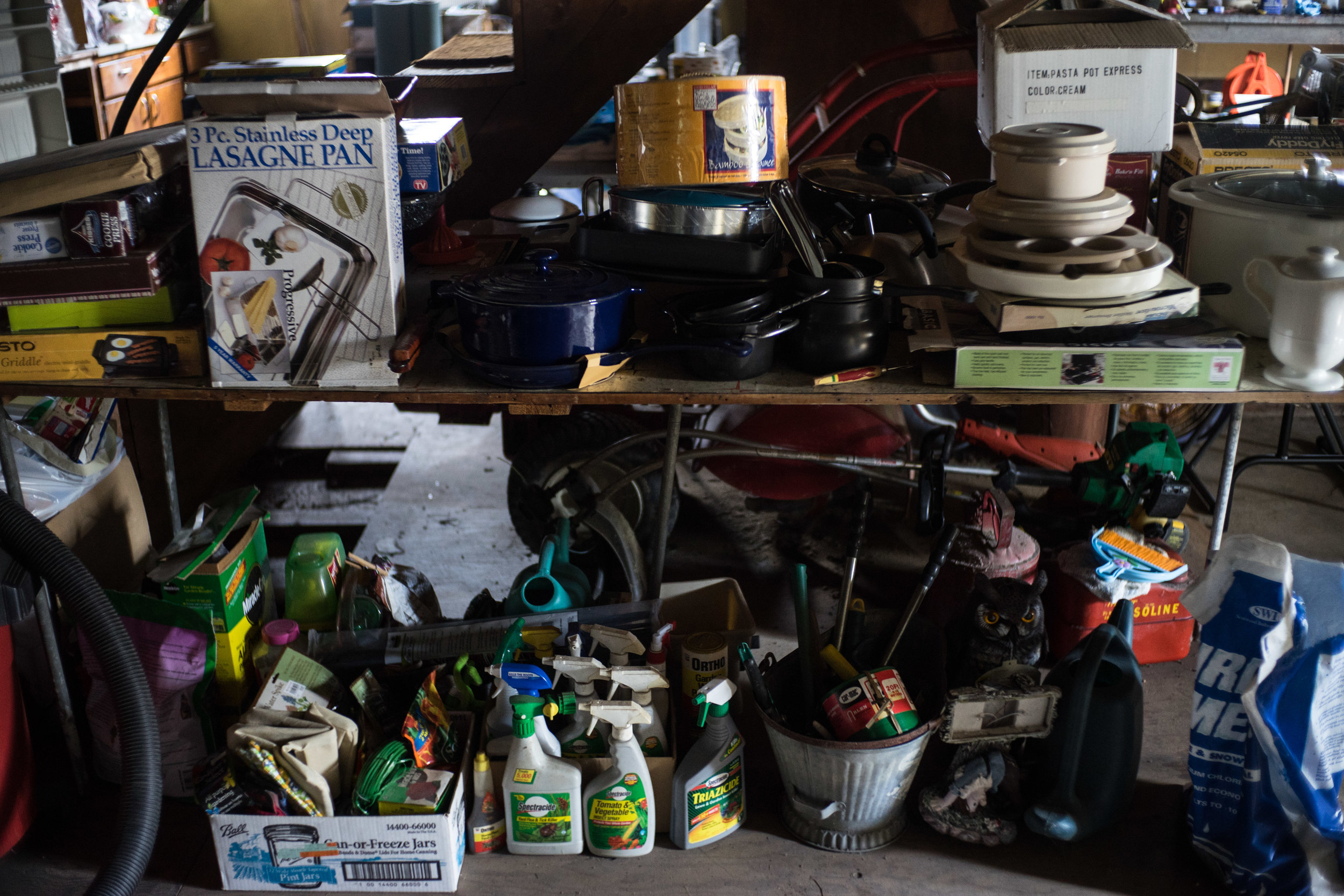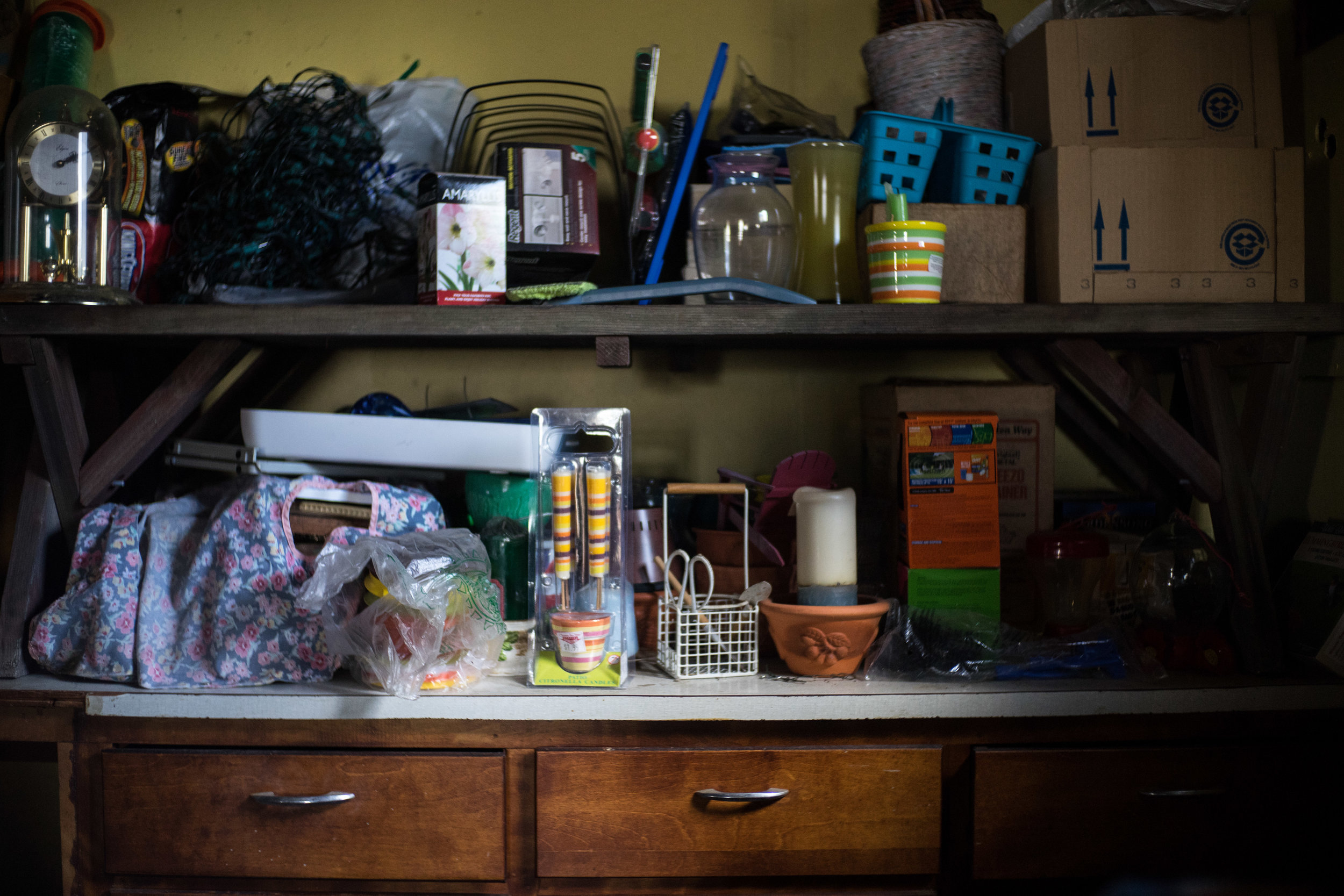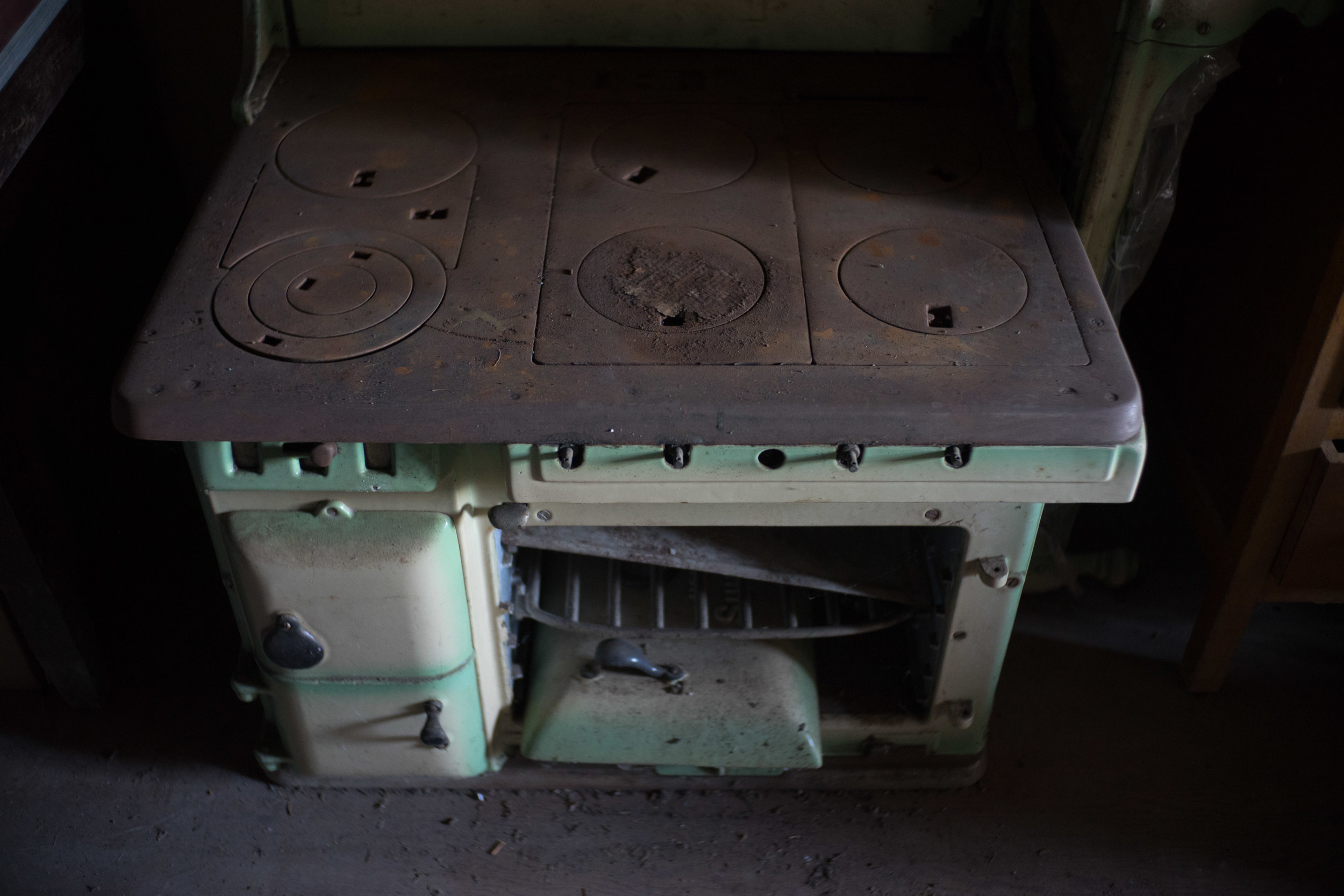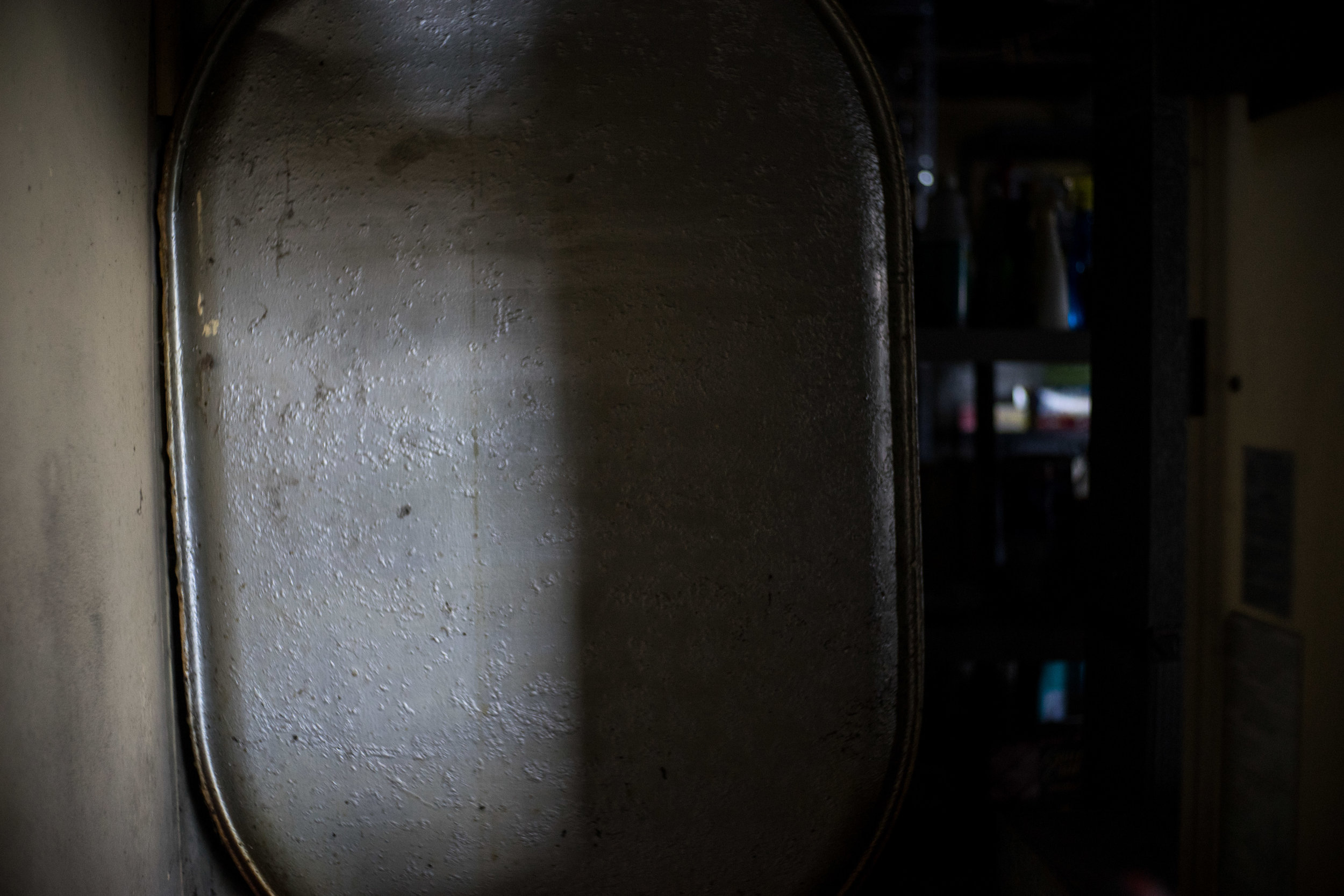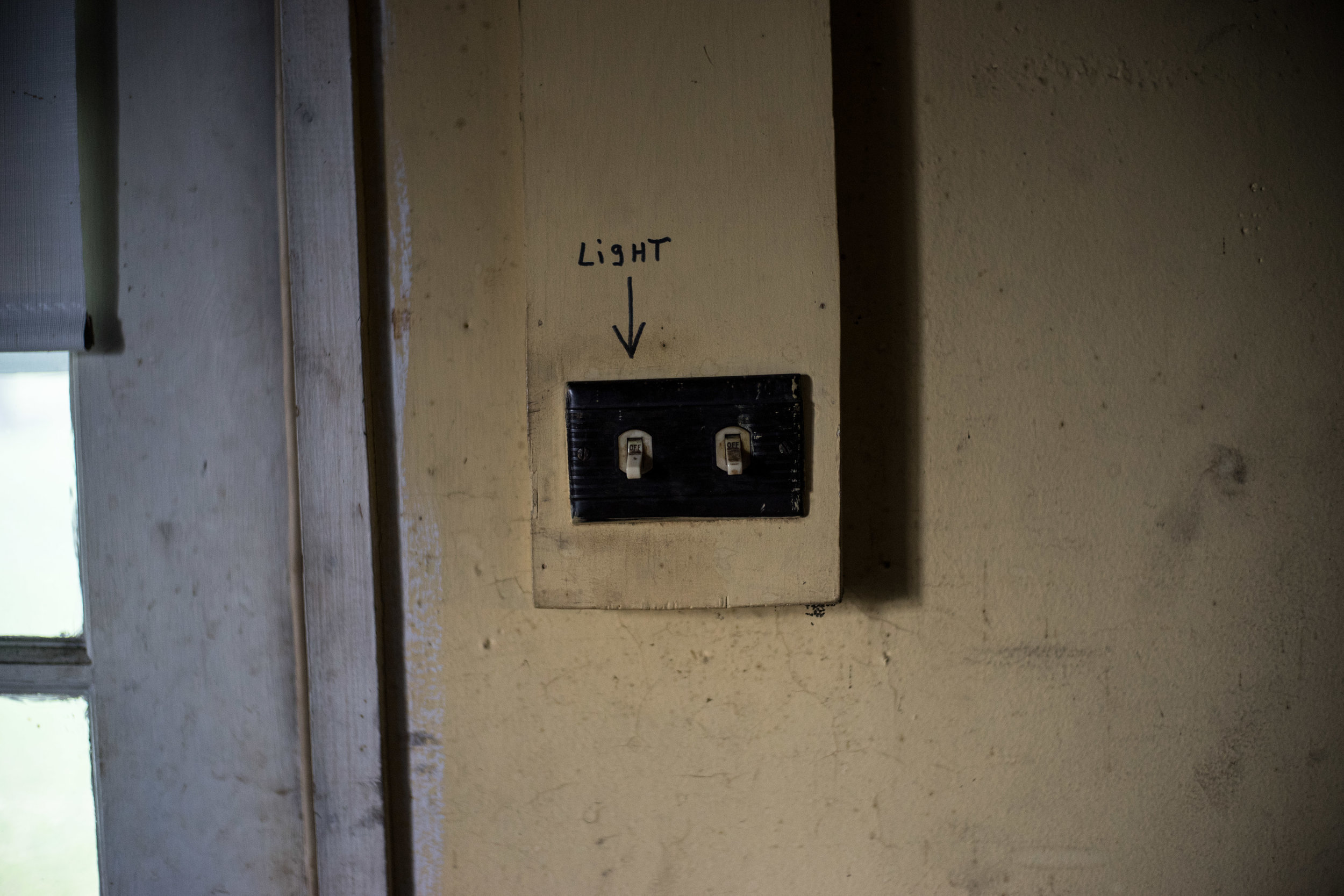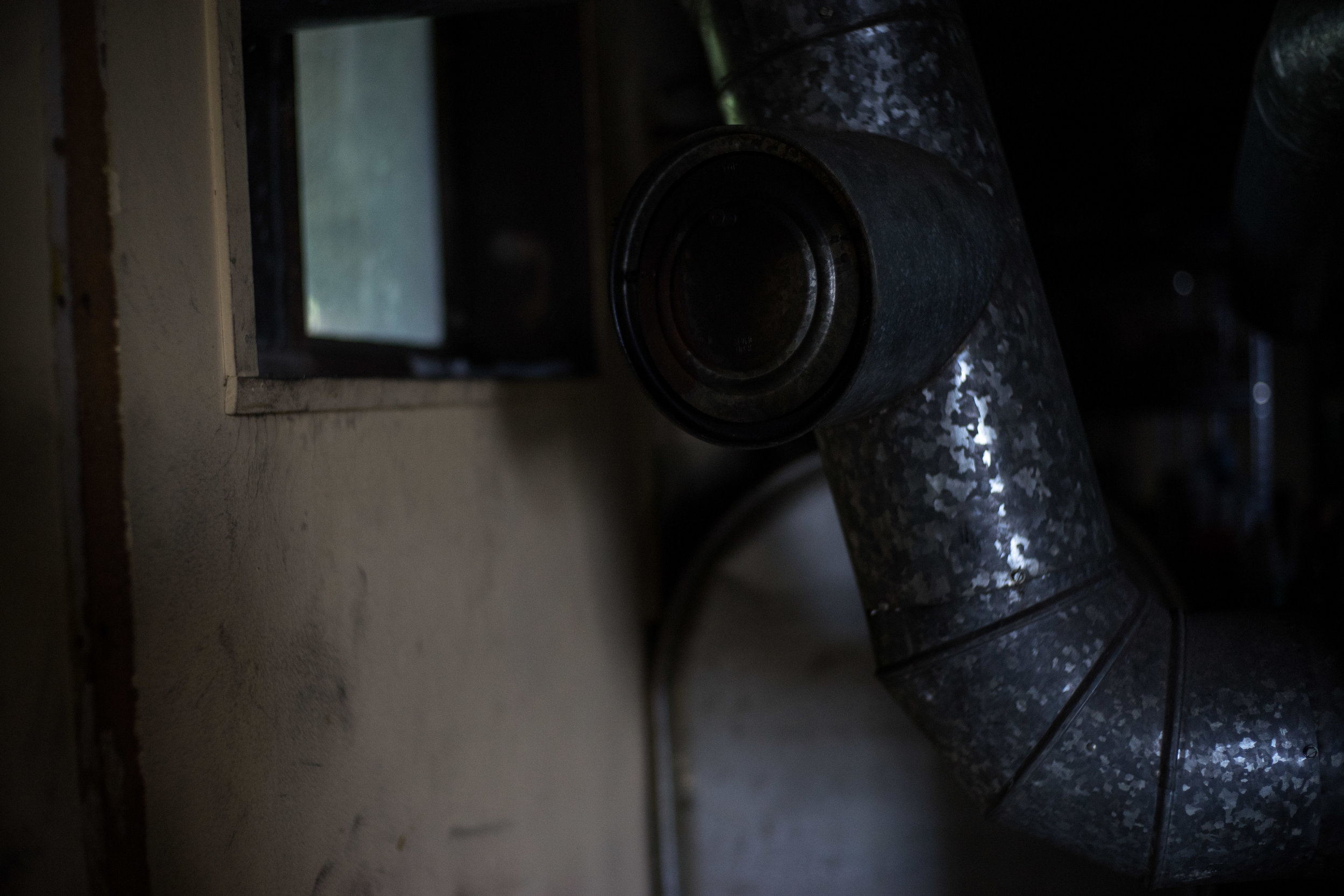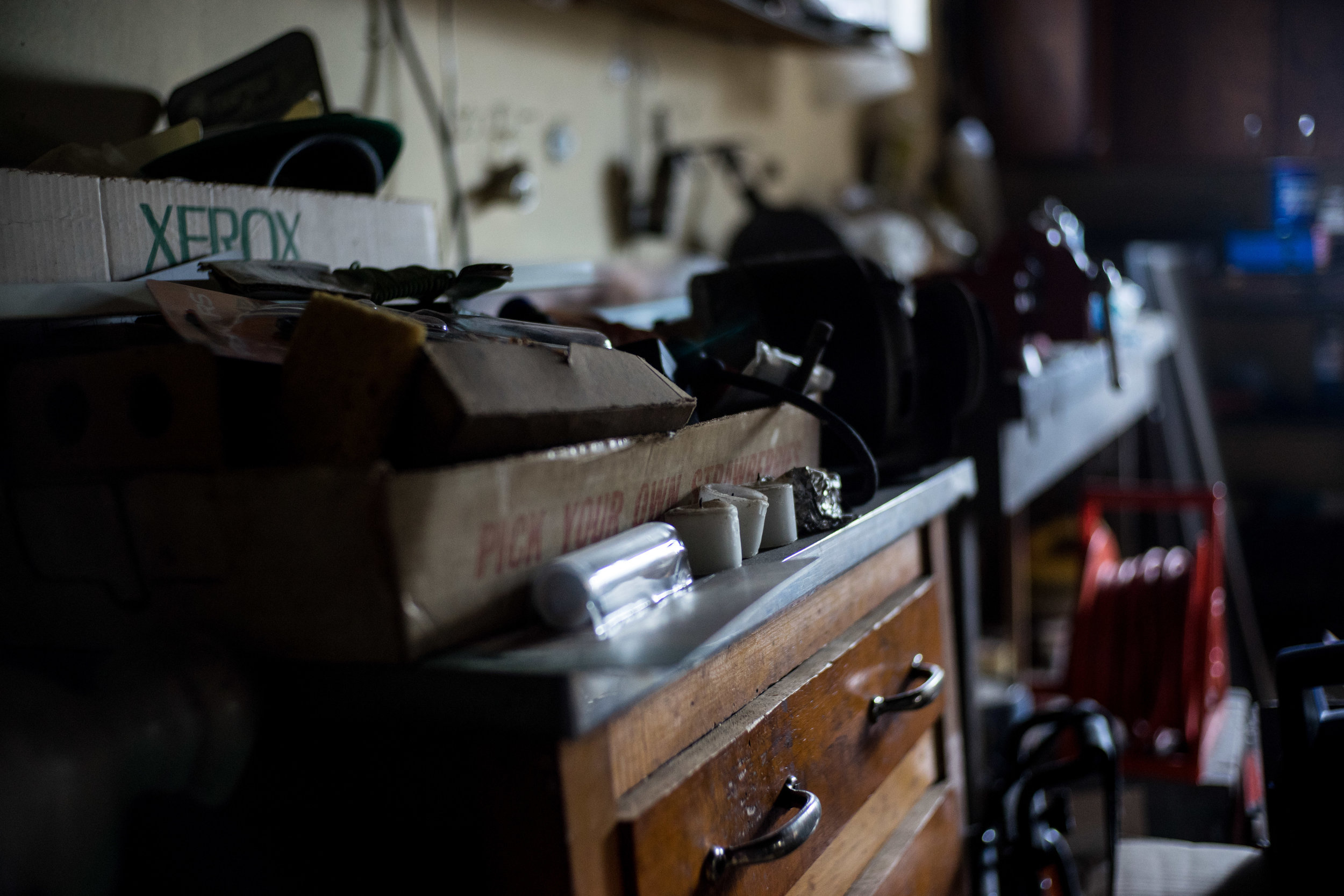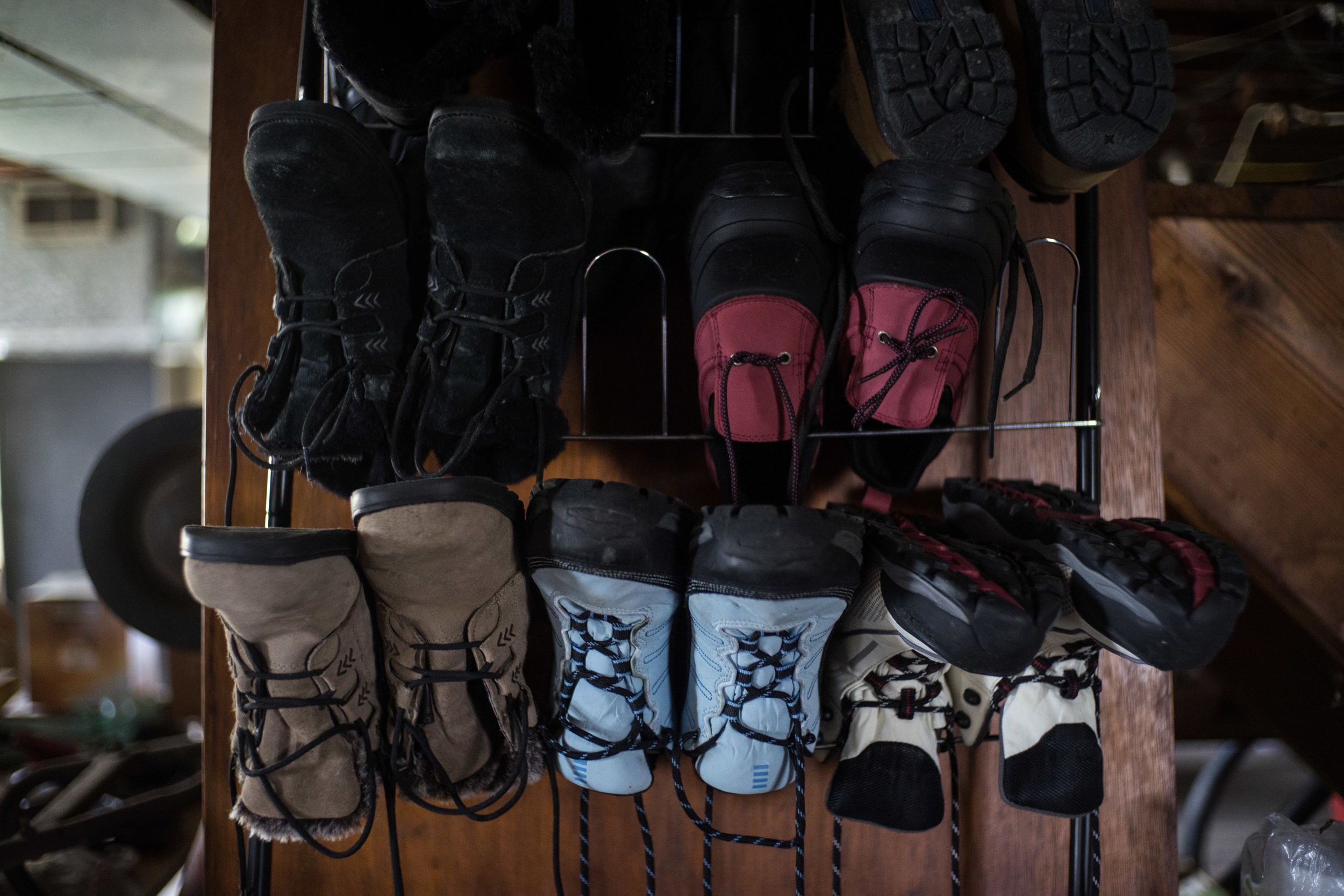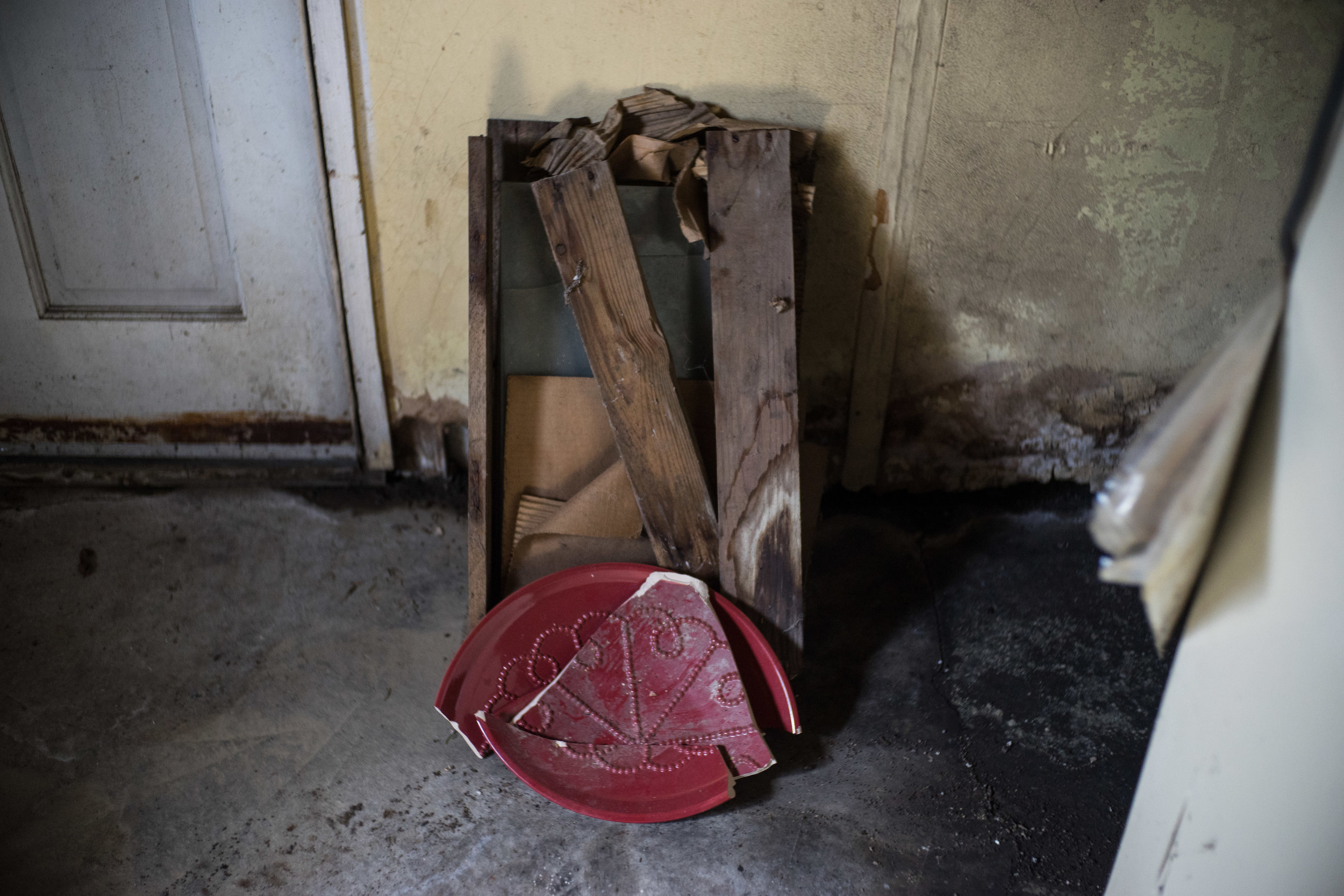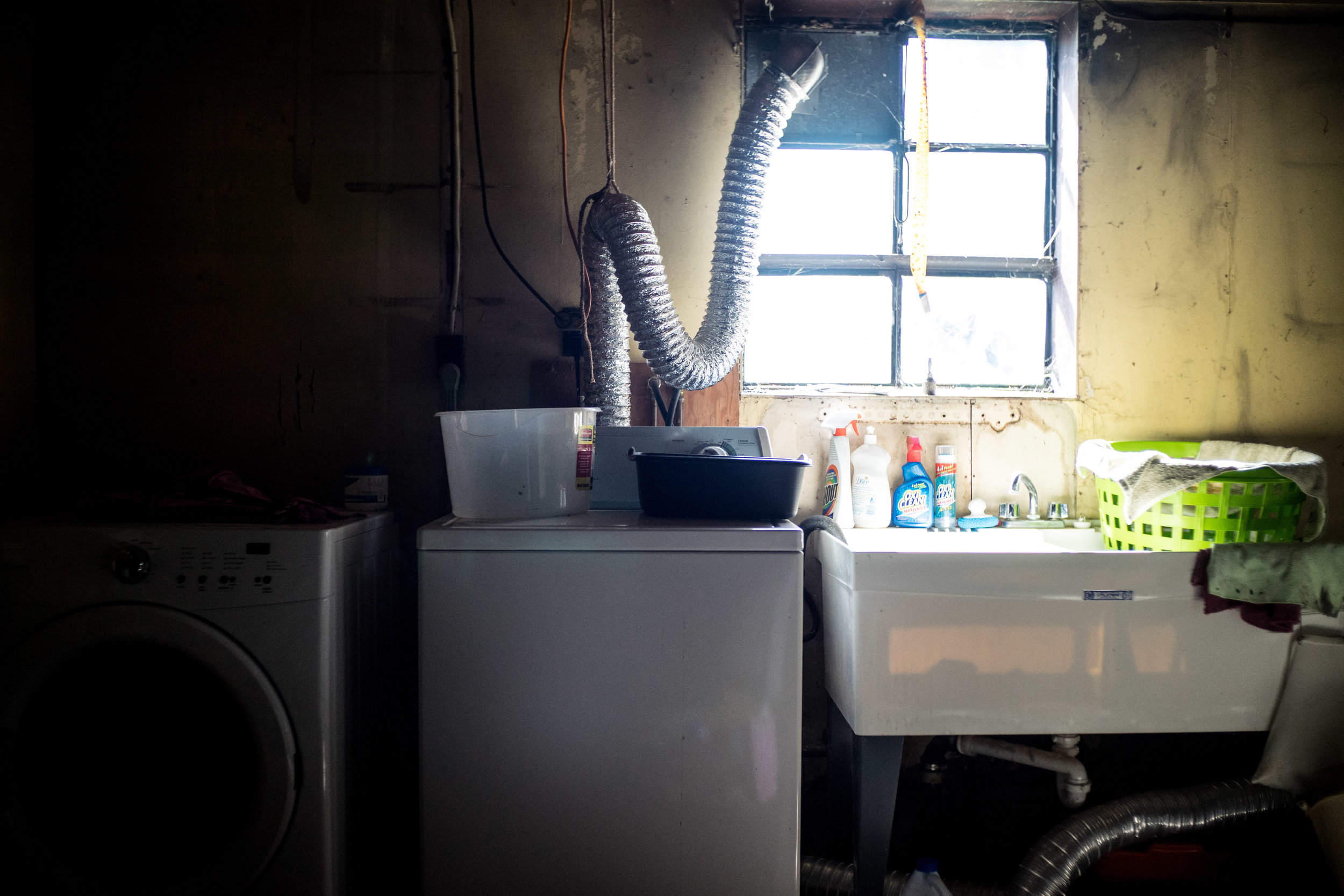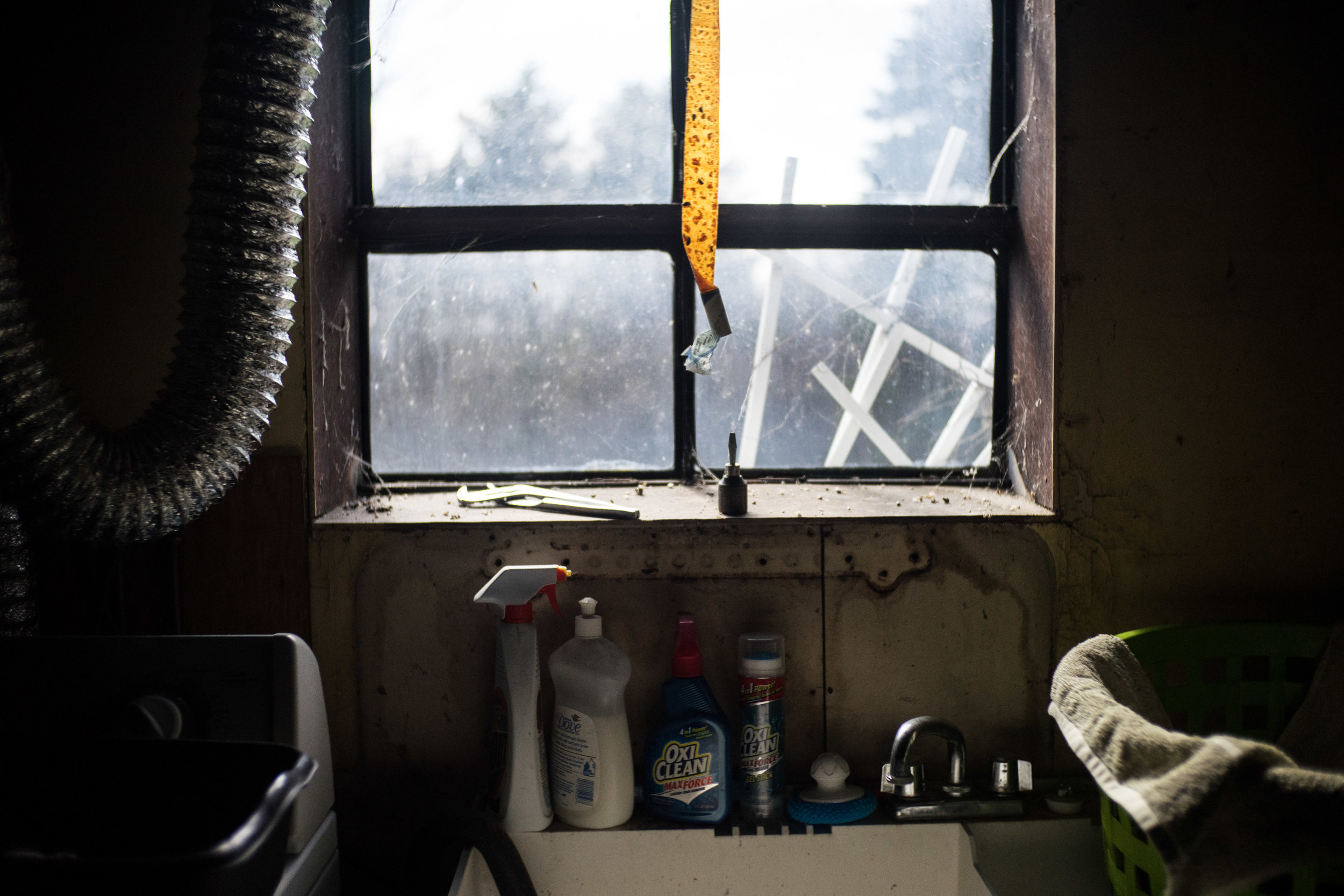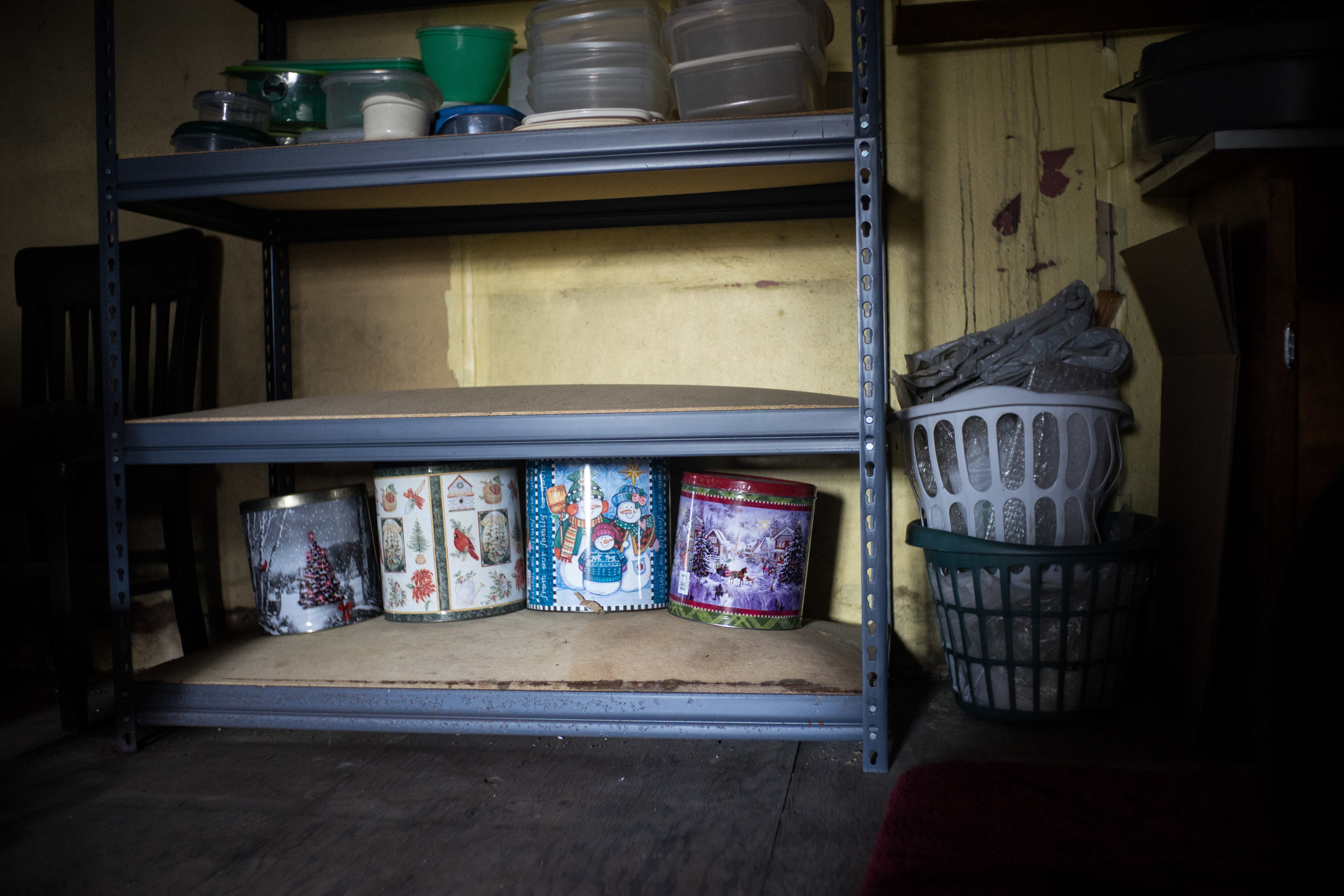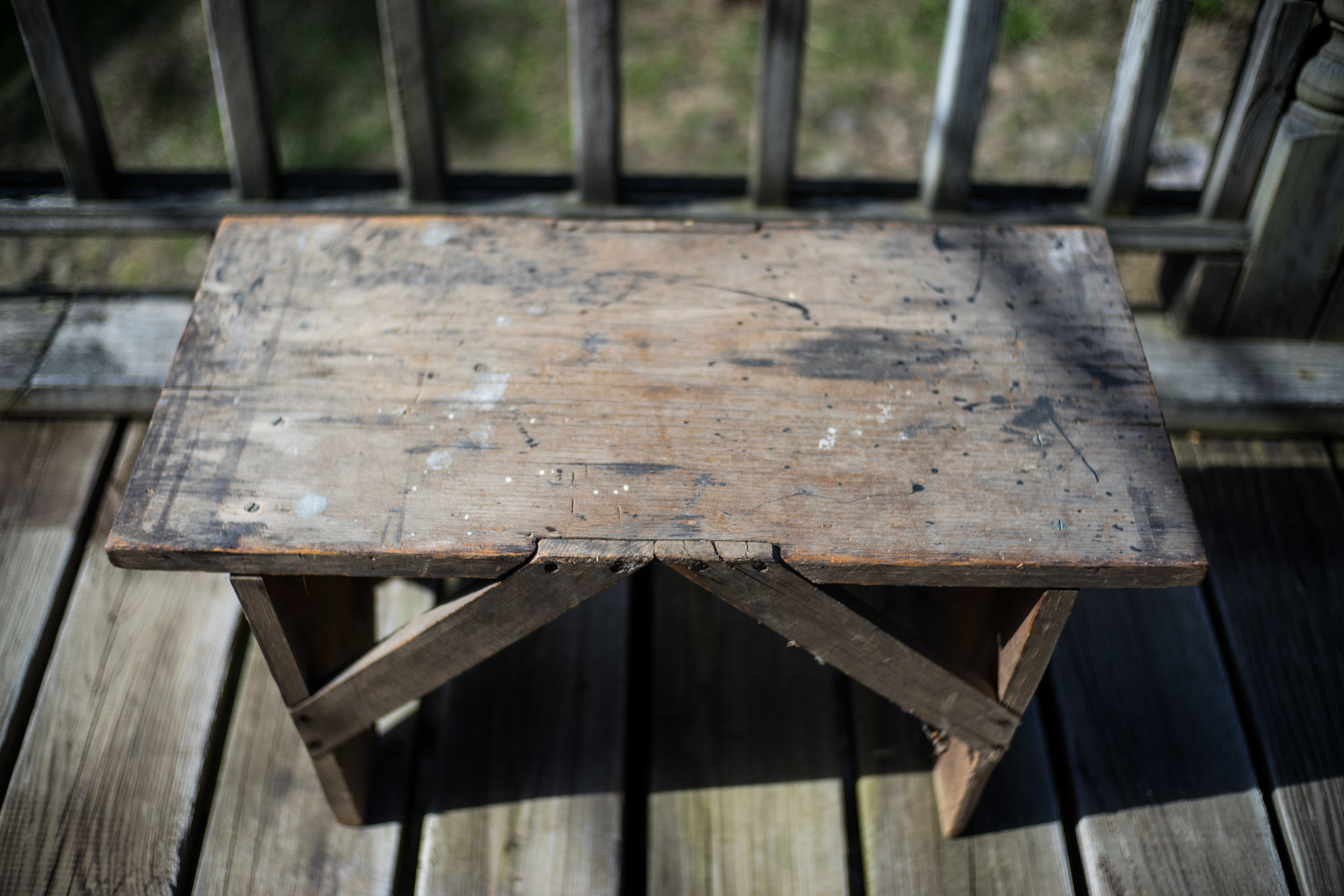After my Aunt Chris died my mom and Aunt Judy decided to sell her house on Glenwood Road in Binghamton, NY. It was a product of George F. Johnson’s magnificent promise to Italian and Slavic immigrants in the early 1900s as they arrived from Europe and uttered in their best English: “Which way EJ?”.
Johnson was an early pioneer of micro loans, which provided these immigrants with a fair shake and a good start in a new land. His zero-interest loans enabled generations of Poles, Slavs, and other Europeans to build houses, neighborhoods, and eventually whole communities while earning their living as shoemakers at EJ’s, a turn-of-the-twentieth-century factory that supplied stores across the Central/Upstate NY region.
My grandfather and his four brothers were firmly nestled in this ecosystem and built my Aunt’s house as well as four others in a rural row. Thankfully, Aunt Judy and my mother hold firm memories of this time. Aunt Judy wrote it down so we can carry the folklore forward and the new owners can learn about the locale, gain a “sense of place”, and understand what it was like to be there.
The following essay, “Hujar House”, is by Judy (Hujar) Murphy. The accompanying photographic essay was shot during my visit home for Aunt Chris’ funeral in February of 2015. It documents the house and her possessions about 10 years after my grandmother died. At the time of this shoot, my mother, Aunt, and Uncle were in the process of liquidating her belongings. I captured the spaces inside and outside that remain vivid memories to me some forty years later. Editing was difficult: from over a 100 pictures, I chose about 50, and from that batch I curated the 30-something below. Each image has a sight, sound, texture, and temperature from a home that enabled my family to expand and prosper. Each image is a kind of “material setting” [1].
Hujar House
There are five homes in a row that that comprise the original farmland of John and Caroline Hujar, my grandparents. They had seven children, including five boys (Thomas, Alexander, Joseph, Stanley, Edward) and two girls (Emily, Lottie).
When the farm operation wound down, the land was split up amongst four of the boys. The girls married and choose not to live on the property and the youngest son, Edward, went to New England. Some of the homes are still in the hands of the descendants of the four Hujar men. As you face the home, the breakdown is as follows:
The tan house to the left was originally owned by Joseph Hujar who had seven children. The youngest son, Joe Hujar, currently owns the house. His spouse, Tammy live there. They are separated and their two children are in college.
Your home was built by Alex Hujar. He and his wife Eugenia (Jean) were my parents. They had three daughters: Sandra, Judith, and Christina. Christina took over the house after our dad died in the late 1970s and she lived there with our mother until Mom passed away in the mid 1990s. Chris died in January of 2015.
The brick home the right was built by Thomas Hujar. His two children were military career people and so when Thomas died, the house was sold to Betty and John Franks, no relation to the Hujars. John Frank died during the Christmas holidays in 2015. Betty still lives there with a grandson.
The little bungalow that is next to the Franks’ house and sits back from the road belonged to Stanley Hujar. He had two sons and two daughters. The current owner is Joan Hujar Marchetti, one of Stanley’s daughters, and her husband Dominic.
The house next to that is the original farmhouse of my grandparents. The current owner is Arthur Hujar, one of Stanley’s sons, and his wife Tammy. They did quite a lot of work on the old homestead.
The Hujar men all had great voices and some played musical instruments. It was not unusual to hear harmonica, piano, and accordion music throughout the complex. It was also a place of good aromas. Uncle Joe owned a butcher shop/grocery store at the cottage of Glenwood Road where Young Blood Screen Printing is now. He made kielbasa and other Polish delicacies in the store and brought them to his backyard to be smoked. The smell was wonderful!
With 14 cousins growing up, it was a fun place to be. We even had an old chicken coop to use for a club house. We hope your family will enjoy the house as much as we did.
– Judy (Hujar) Murphy
[1] Tim Cresswell, Place: An Introduction, Second Edition, Wiley 2014
